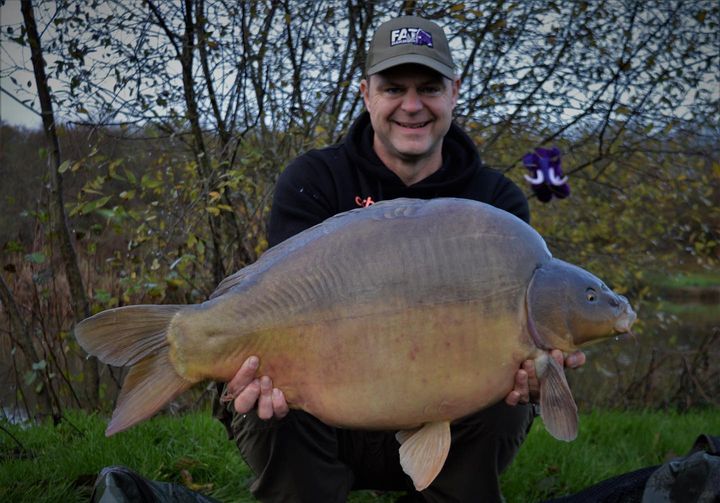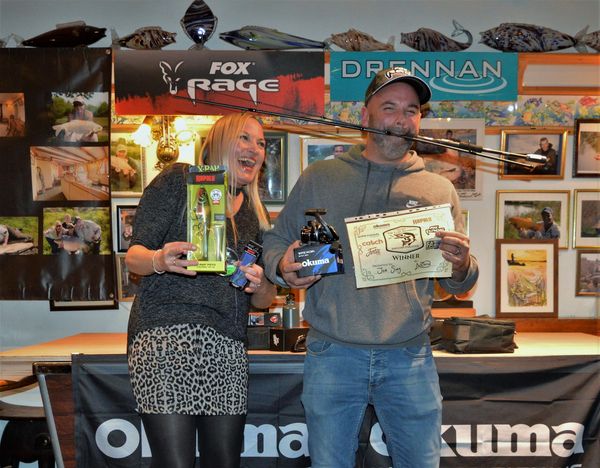
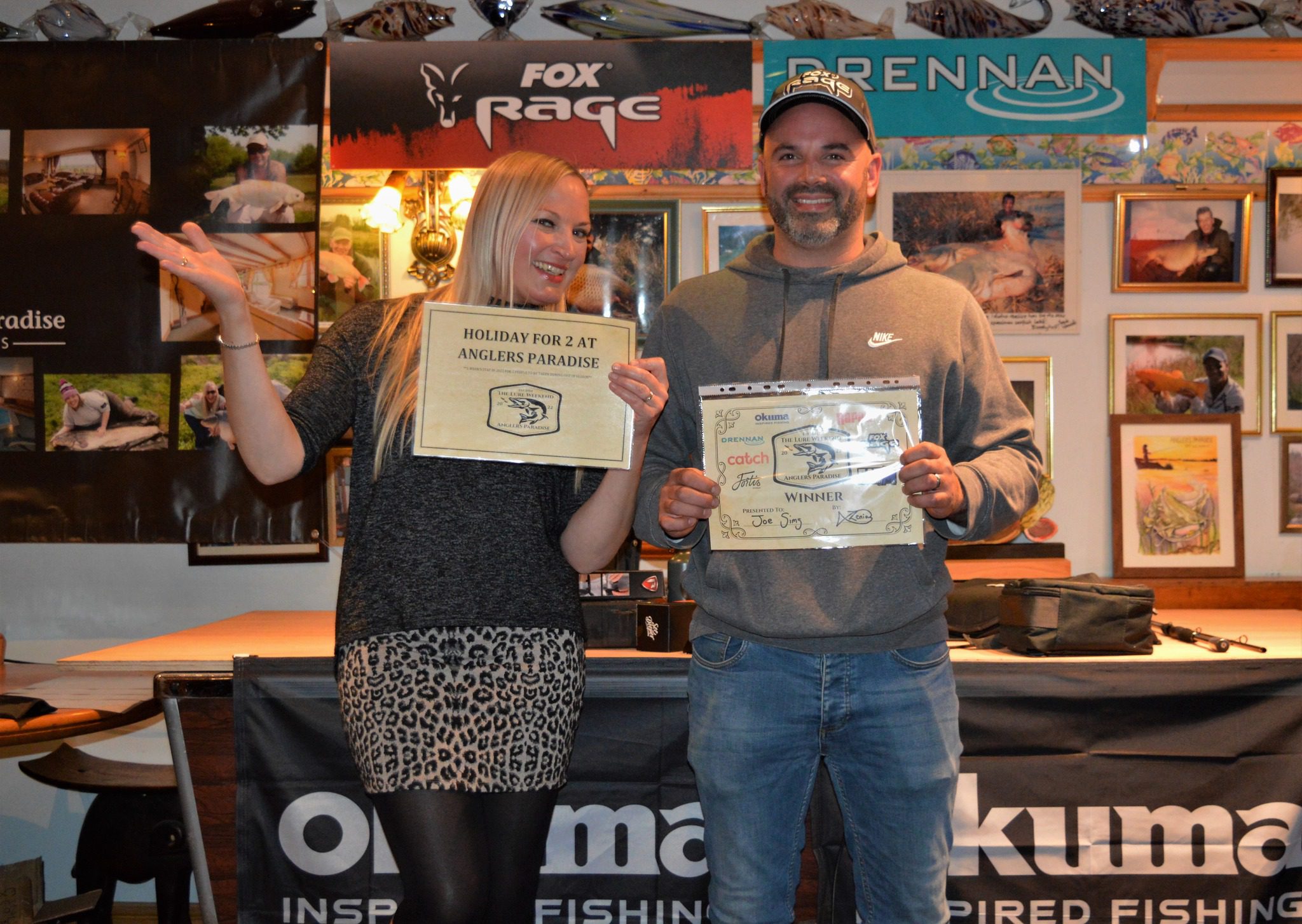
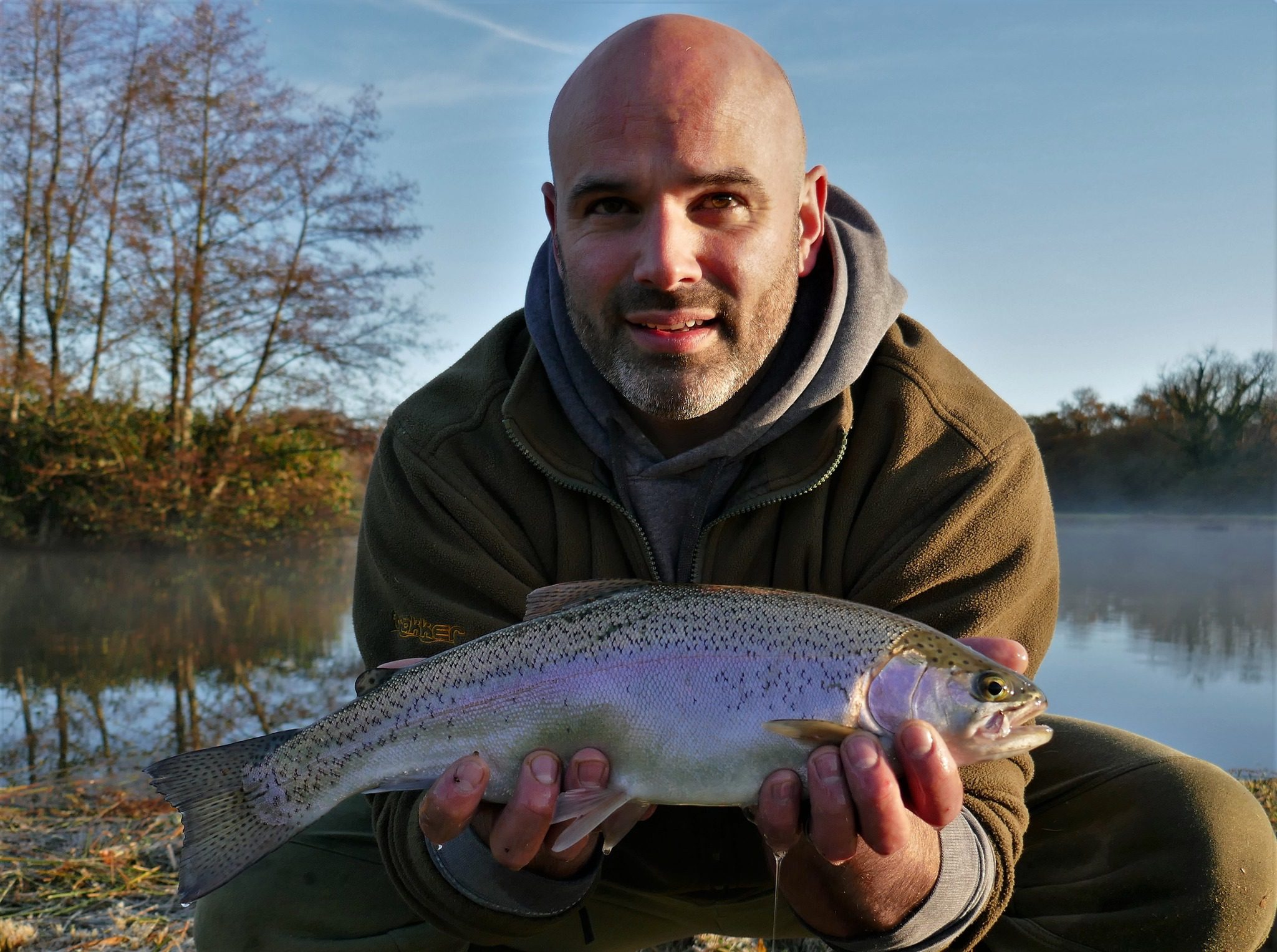
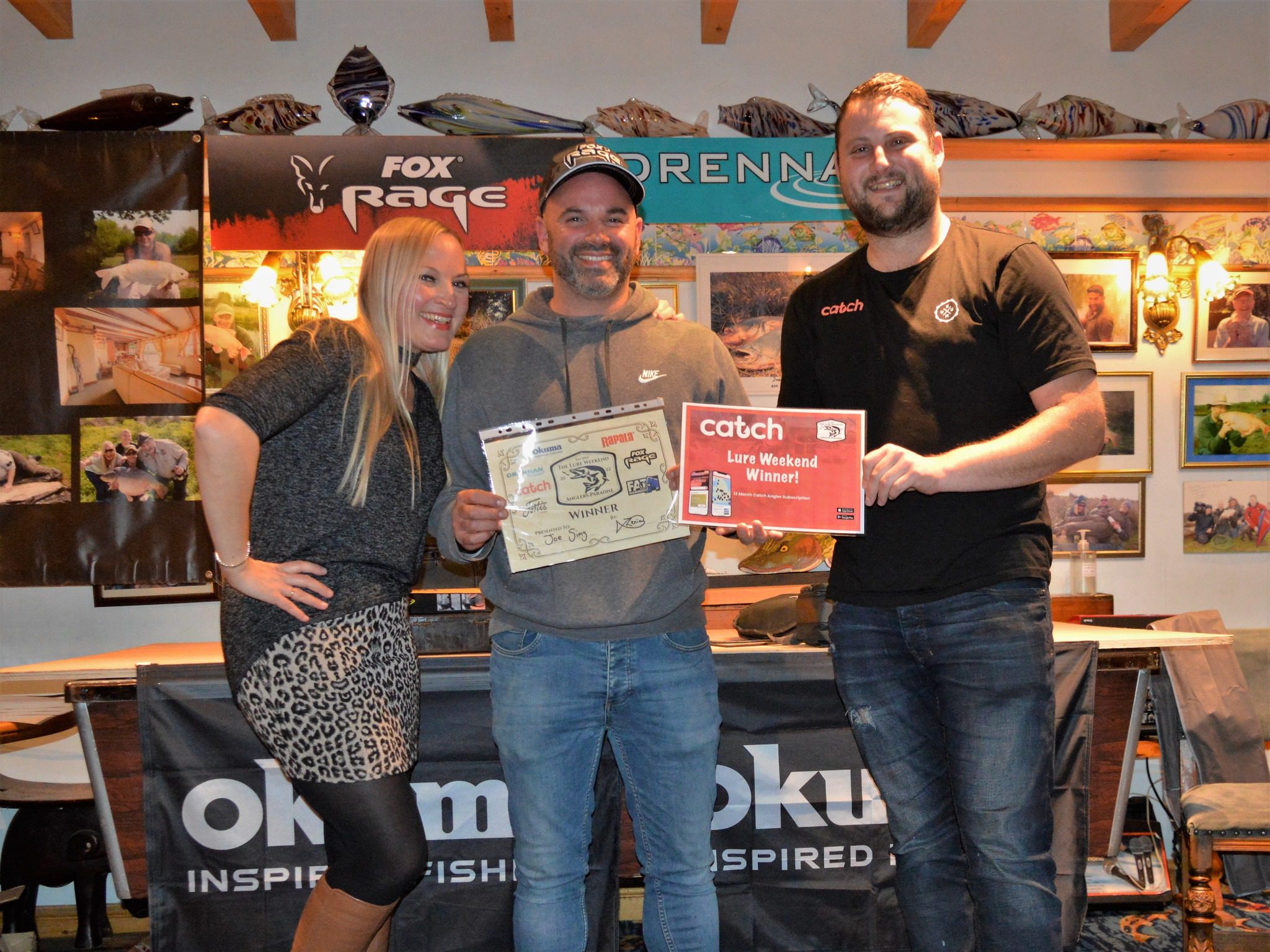

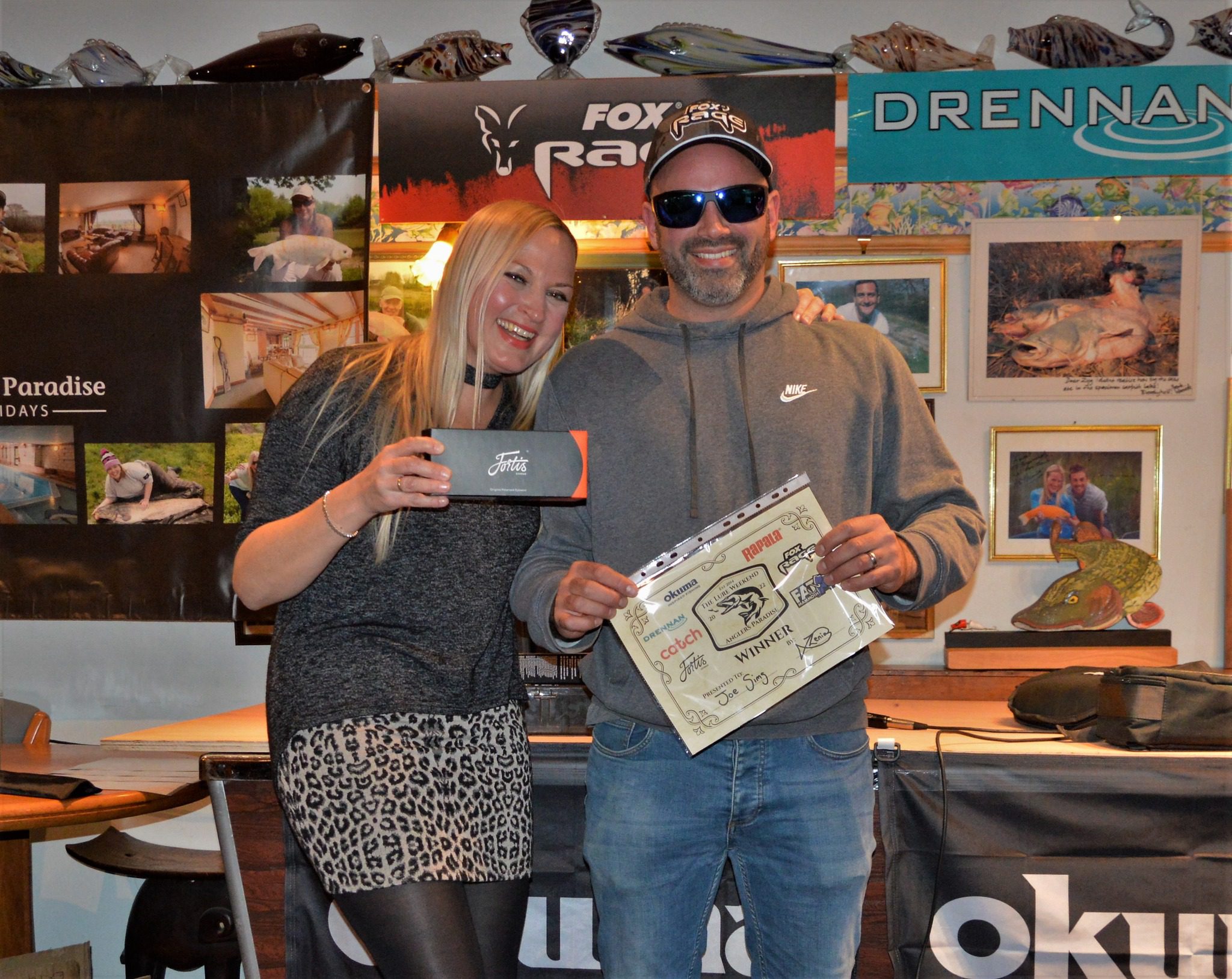
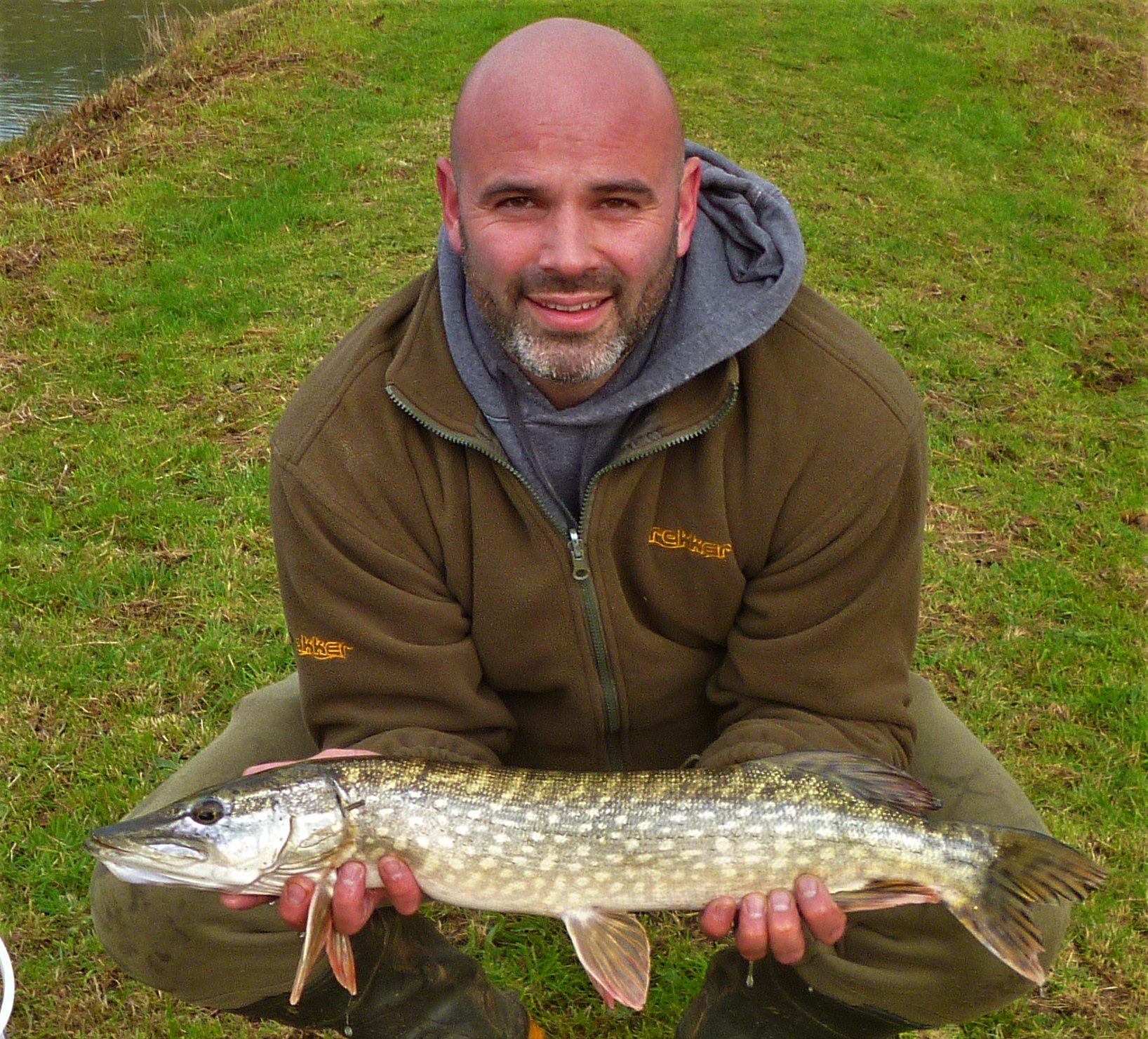
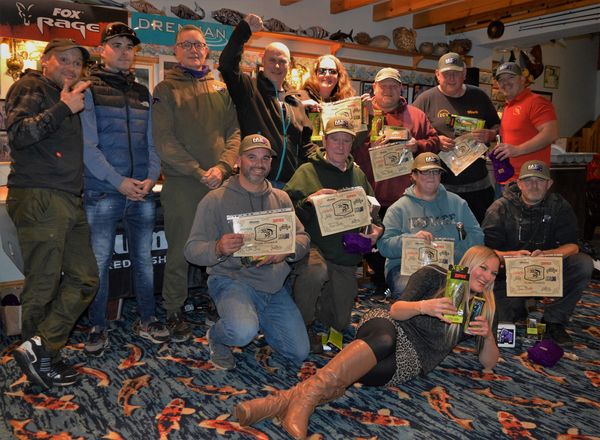
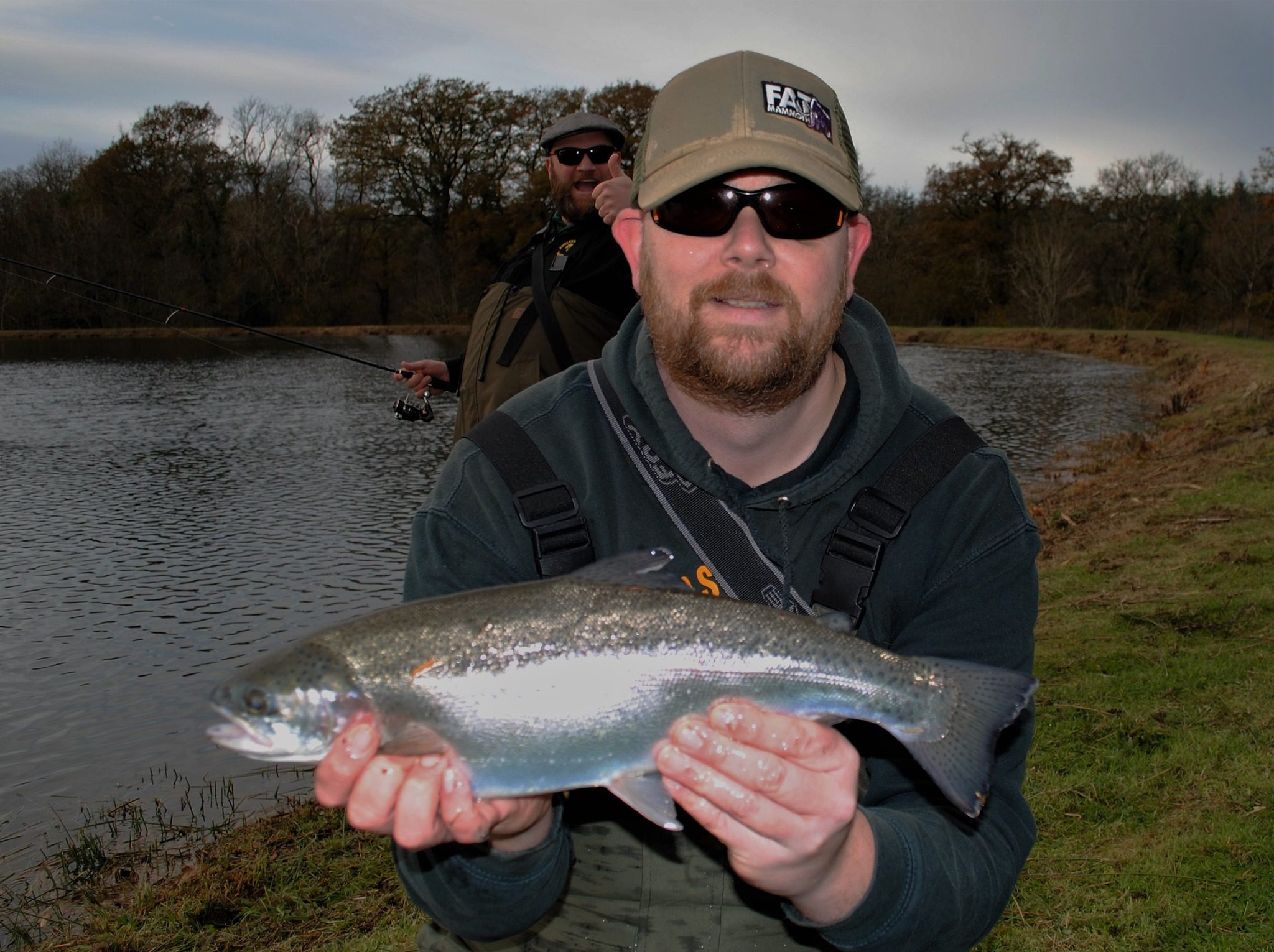
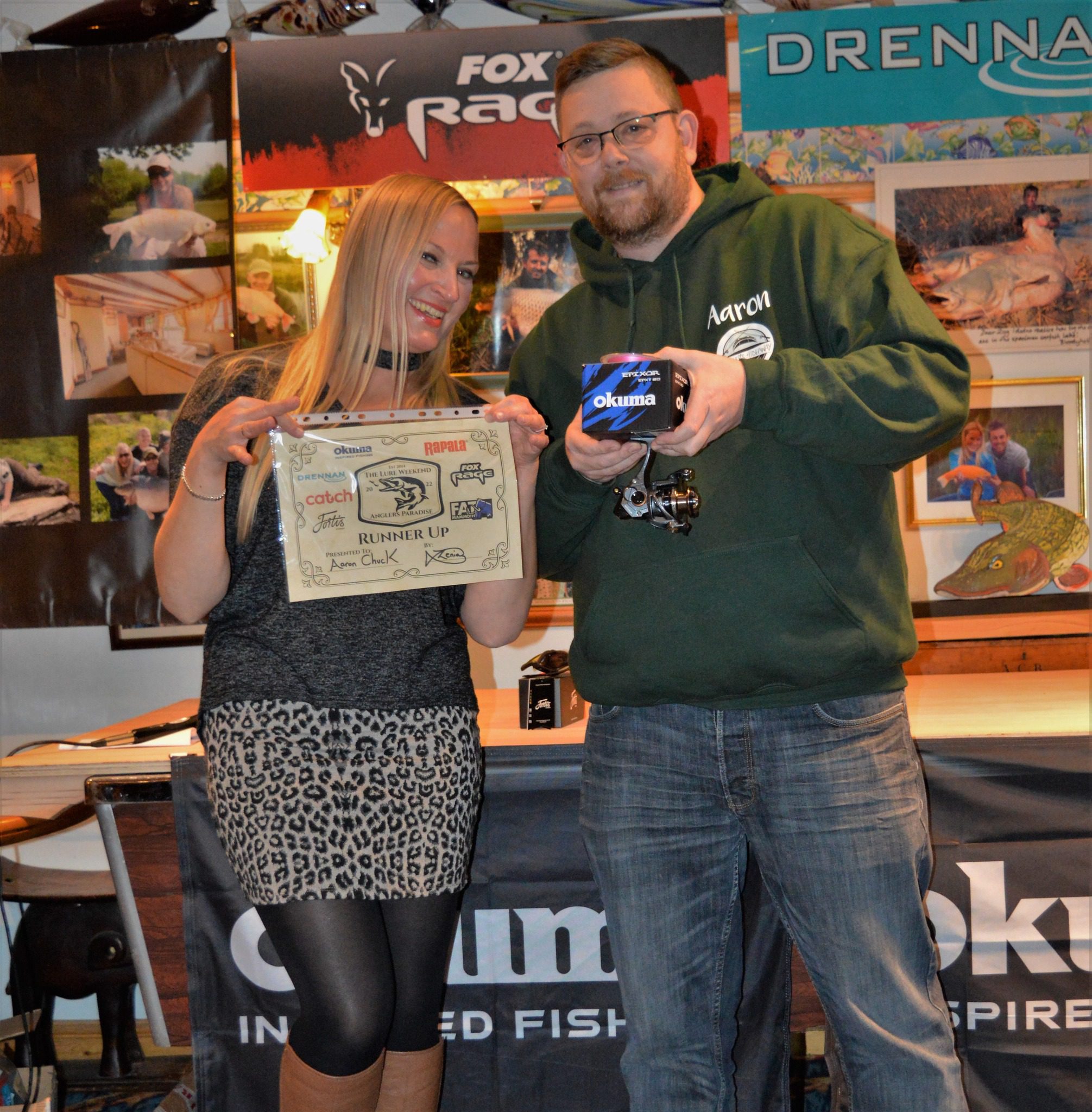










Local Fly Fisher and enthusiastic Fly Tyer Eddie Tyas spoke with me recently to say how well Bulldog Trout Fishery was fishing with plenty of good quality hard fighting rainbows being caught. Always keen to wet a line I arranged to meet Eddie at the venue. Looking at the weather forecast I half expected a phone call suggesting we call the trip off. Strong to gale force winds and heavy rain were on the way. On the optimistic side the worst of the weather wasn’t due until 11:00am.
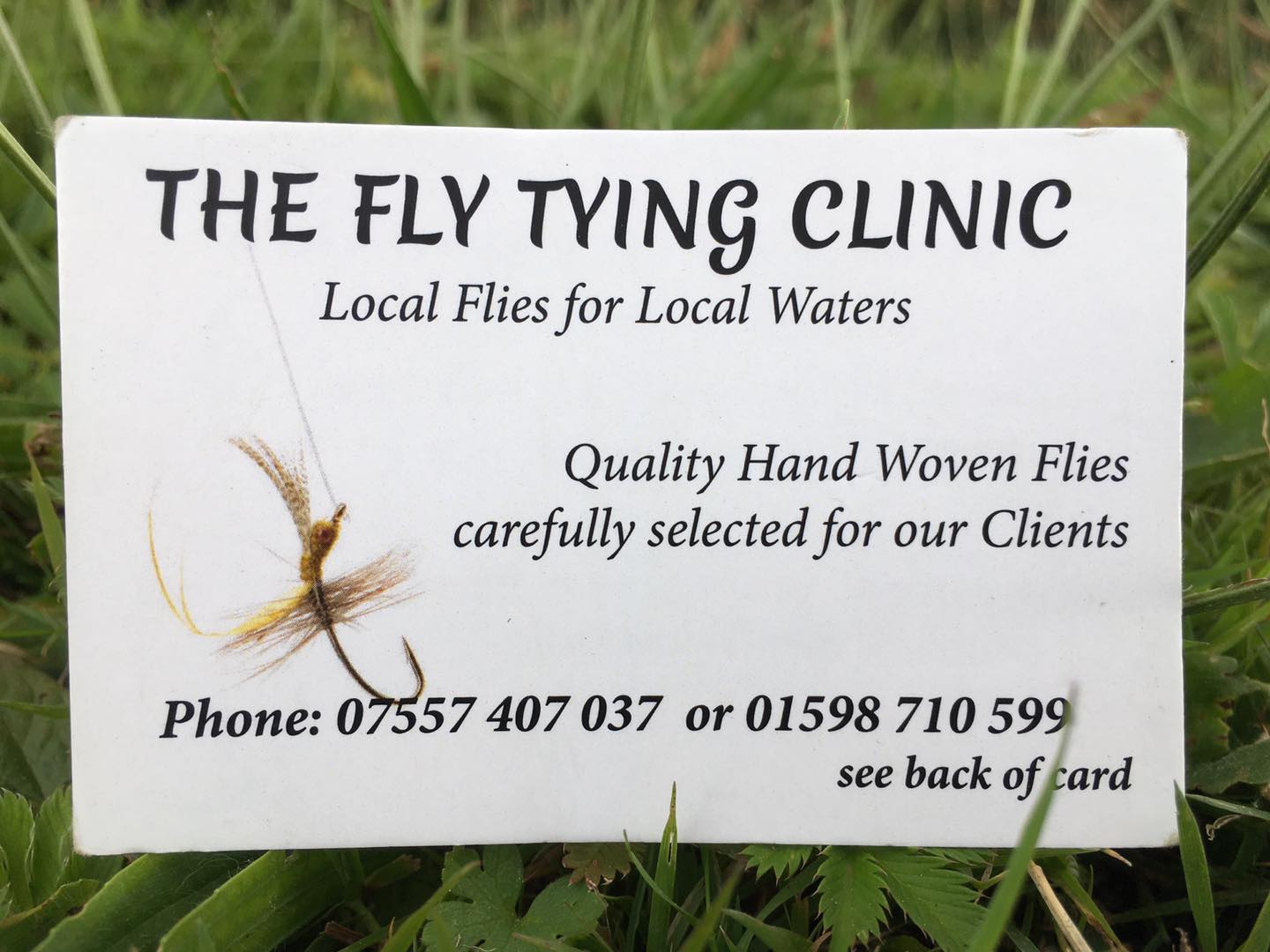
As I pulled into car park at 9:00am large drops of rain were already dropping from a grey leaden sky a gusty wind ruffling the water.
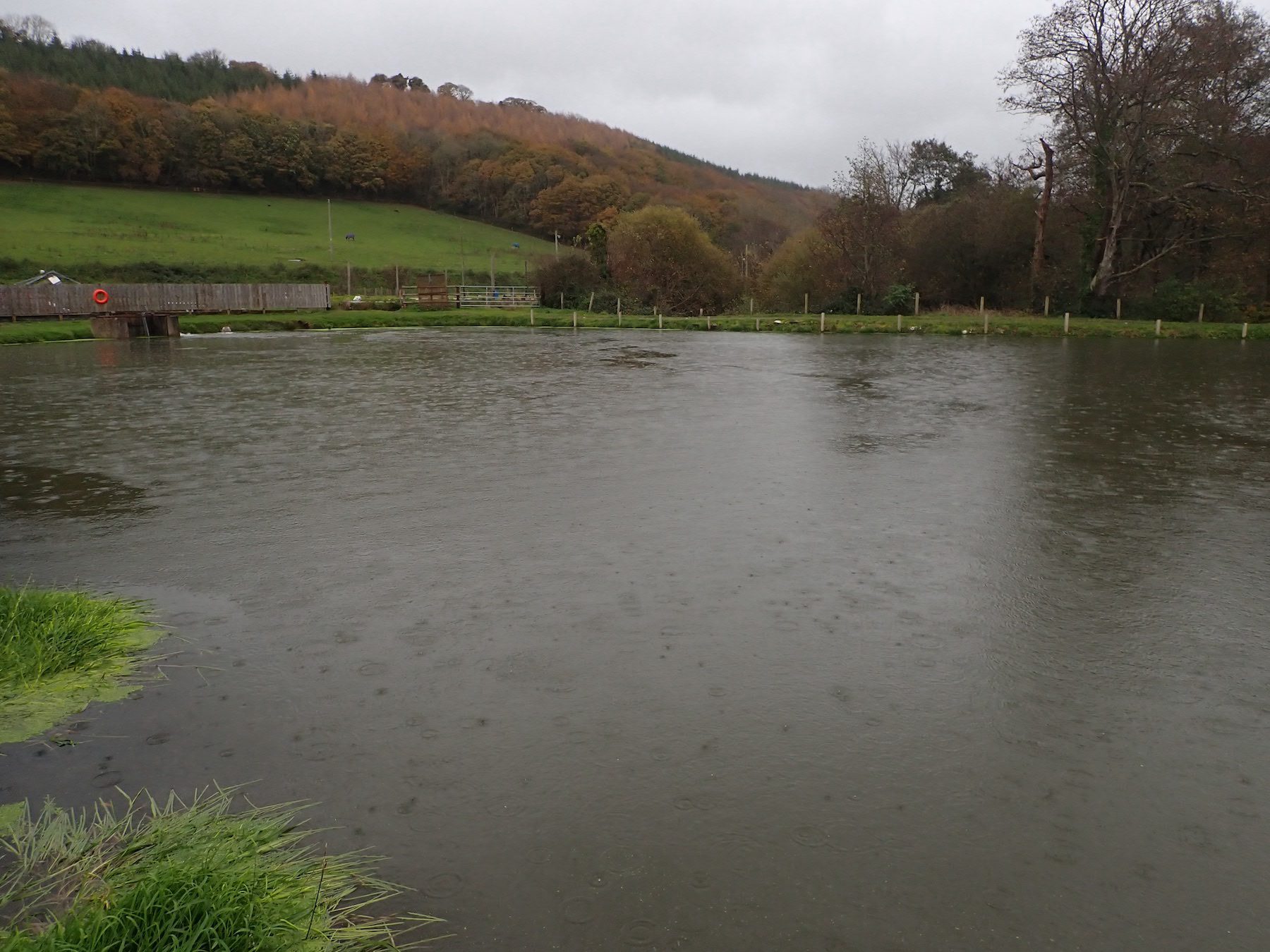
The water was slightly murky with the river swollen by heavy rain over previous days. After such a long dry summer the rain is of course to be welcomed but on a cold bleak November morning I did question our sanity. Tom Early suggested a bright white lure and this was what I put on after a few casts with my normally reliable olive damsel. Within a few casts a solid thump resulted in a rainbow of close to 3lb soon to be followed by a slightly smaller trout of just over 2lb.
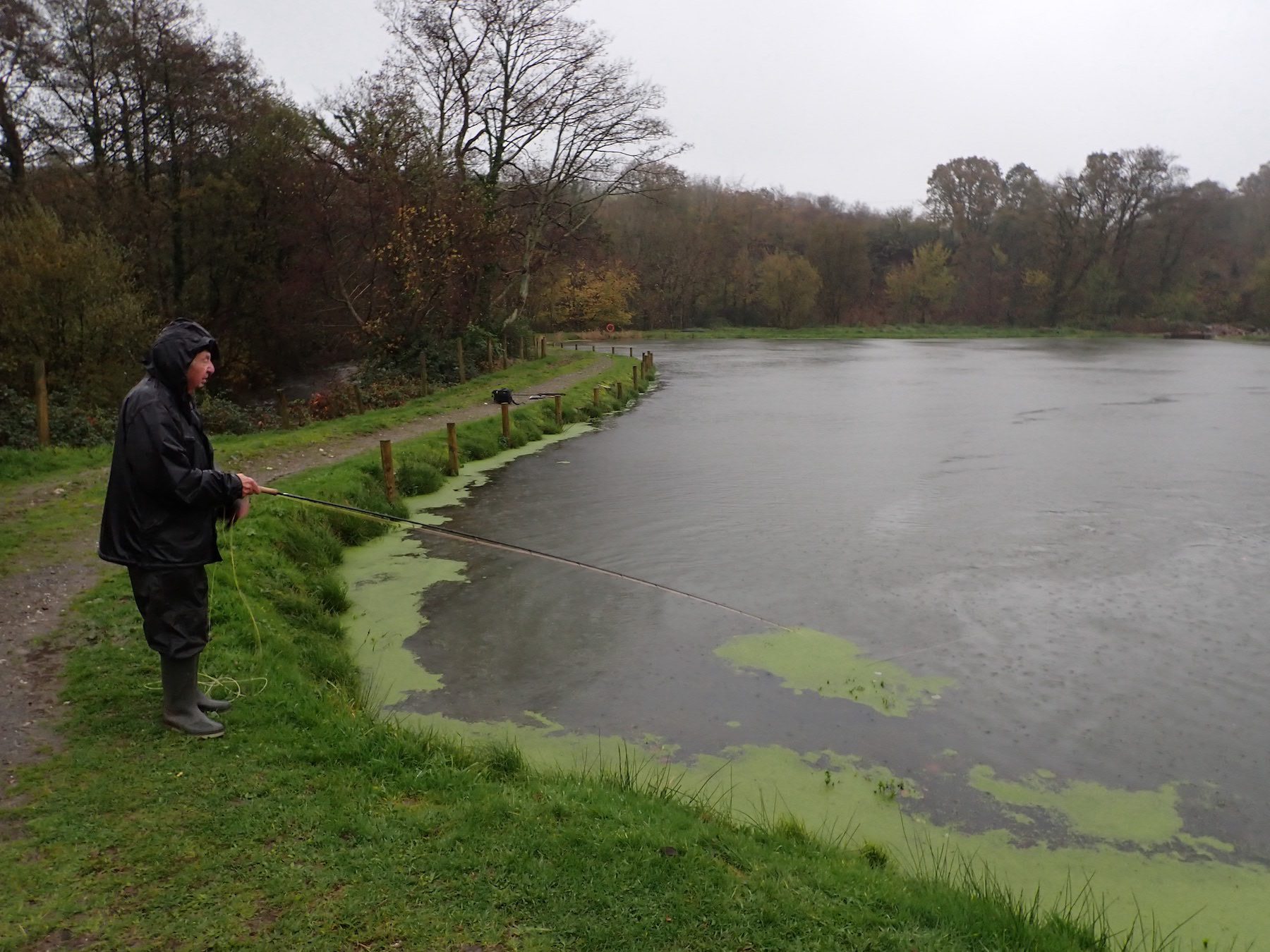
Eddie persisted as heavy rain and wind increased, after a couple of hours Eddie did the sensible thing and called it a day. I was keen to get my last fish so persisted and tied on an even bigger white lure. After a couple of casts a savage pull resulted in my final trout of the day a well conditioned rainbow of just under 2lb. It was one of those rare occasions when I was actually glad to finish fishing for the day.
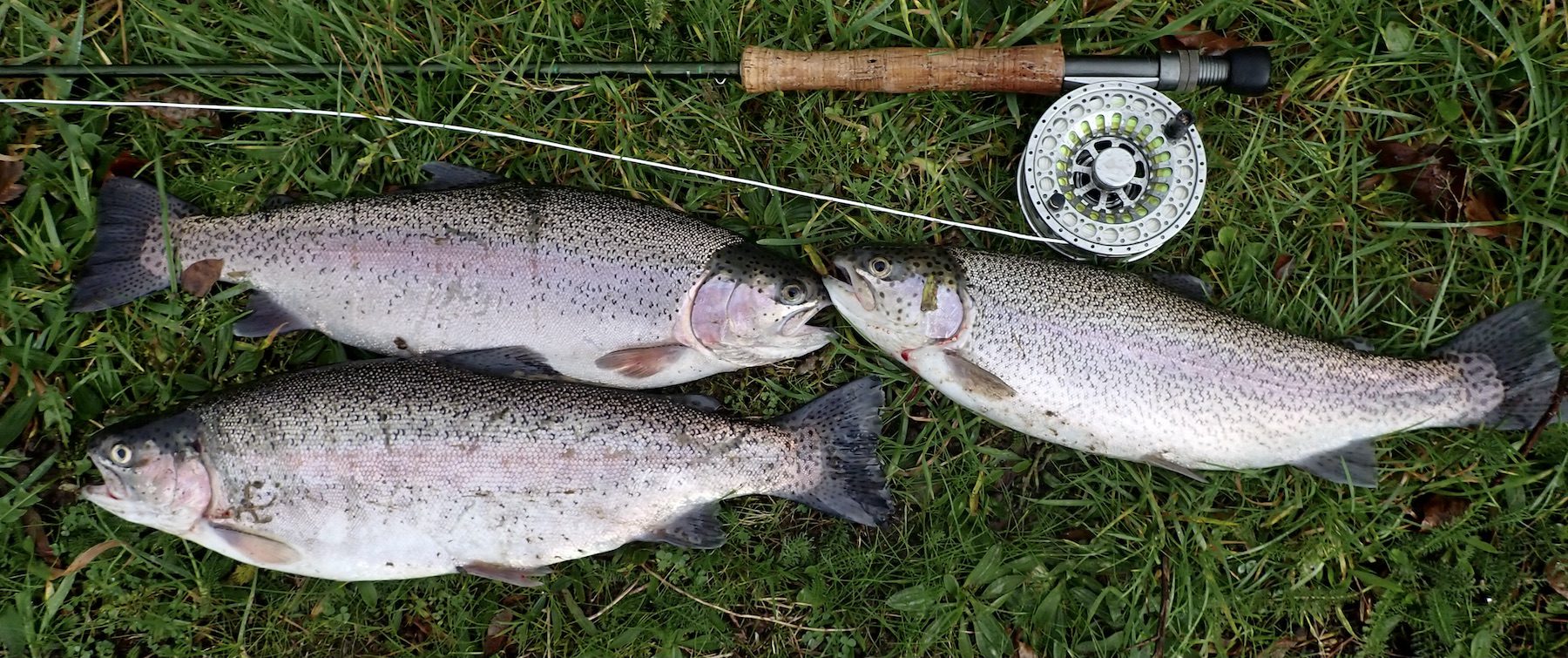
I hope to join Eddie again when the weather is a little less hostile..


Are you involved in any type of watersports, including fishing from land?
Come along to our free lifejacket clinic and get advice about your lifejacket – Is it fit for purpose? Are the essential elements in date and in working order? When is it due for its next service? Not got a lifejacket or floatation devise and not sure which type to buy?
Appledore and Clovelly RNLI Water Safety Team are holding a free lifejacket clinic on Saturday 26 November between 10 am and 2 pm at Appledore Lifeboat Station and will provide advice and check over your lifejacket with you – and with the shop open you can buy your RNLI Christmas cards and presents at the same time, and meet the Face to Face Fundraising Team.
Please do not be the one we can’t save – Please come down and have your lifejacket checked.

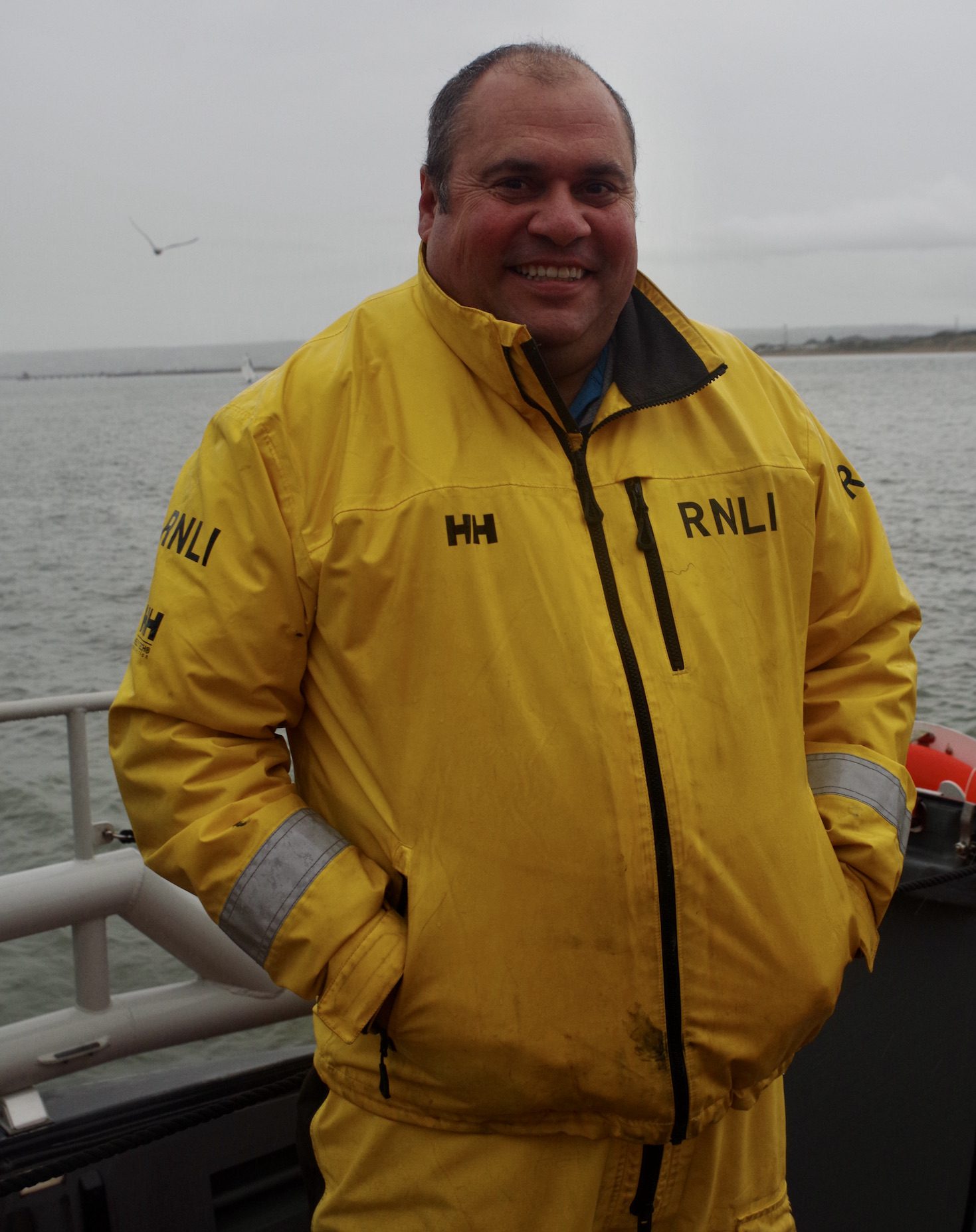
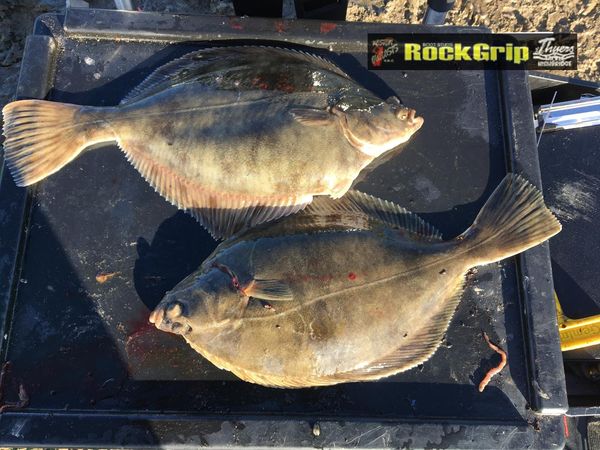

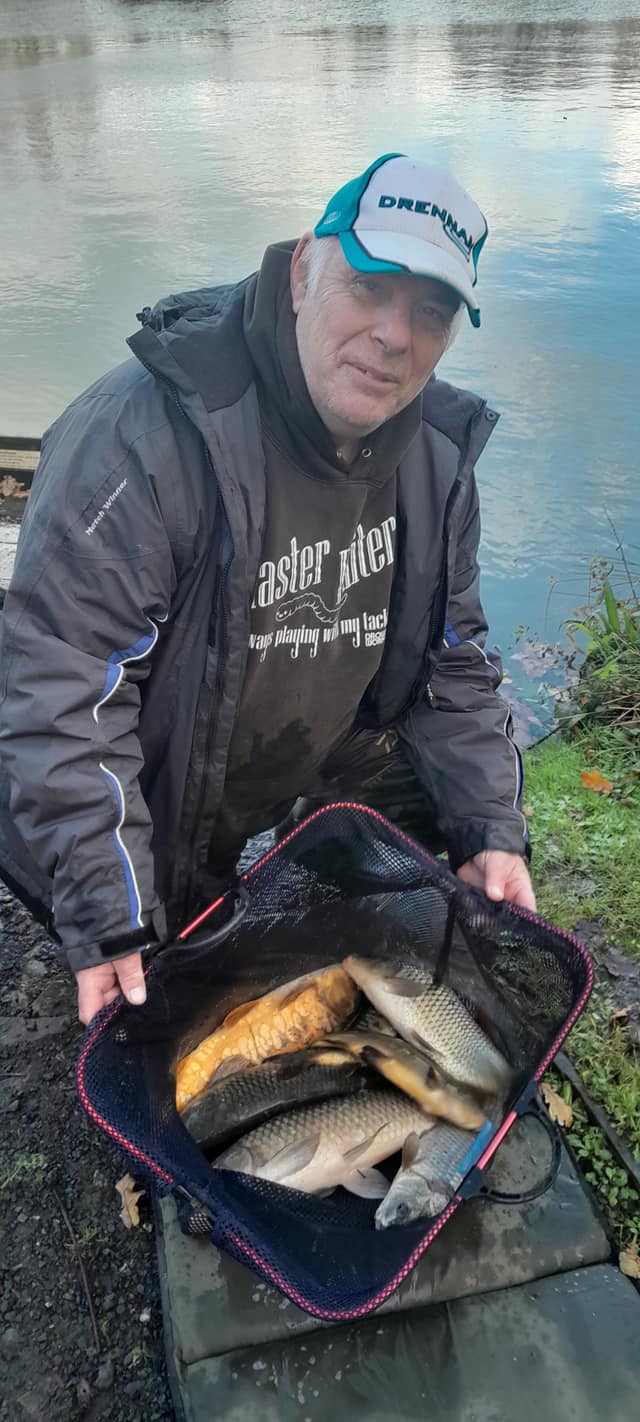
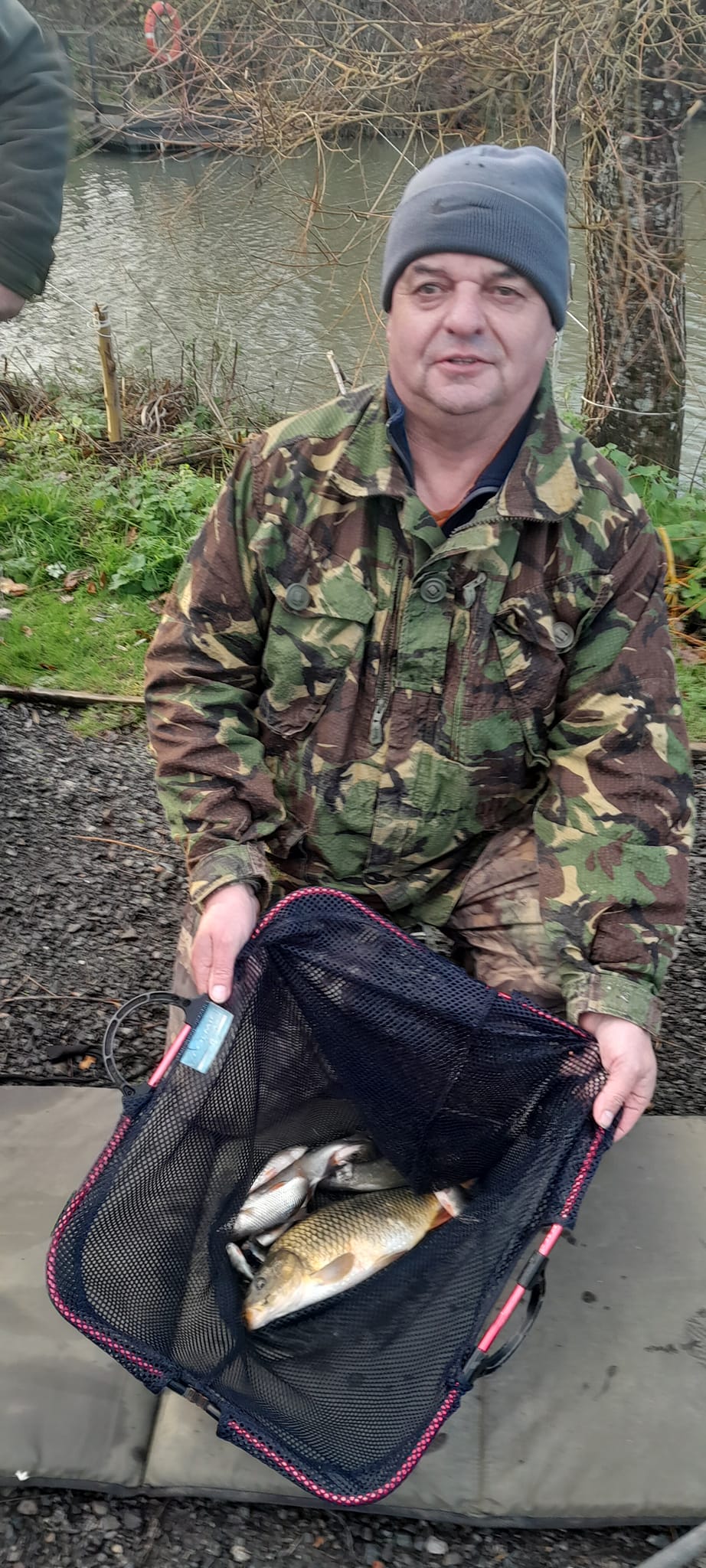
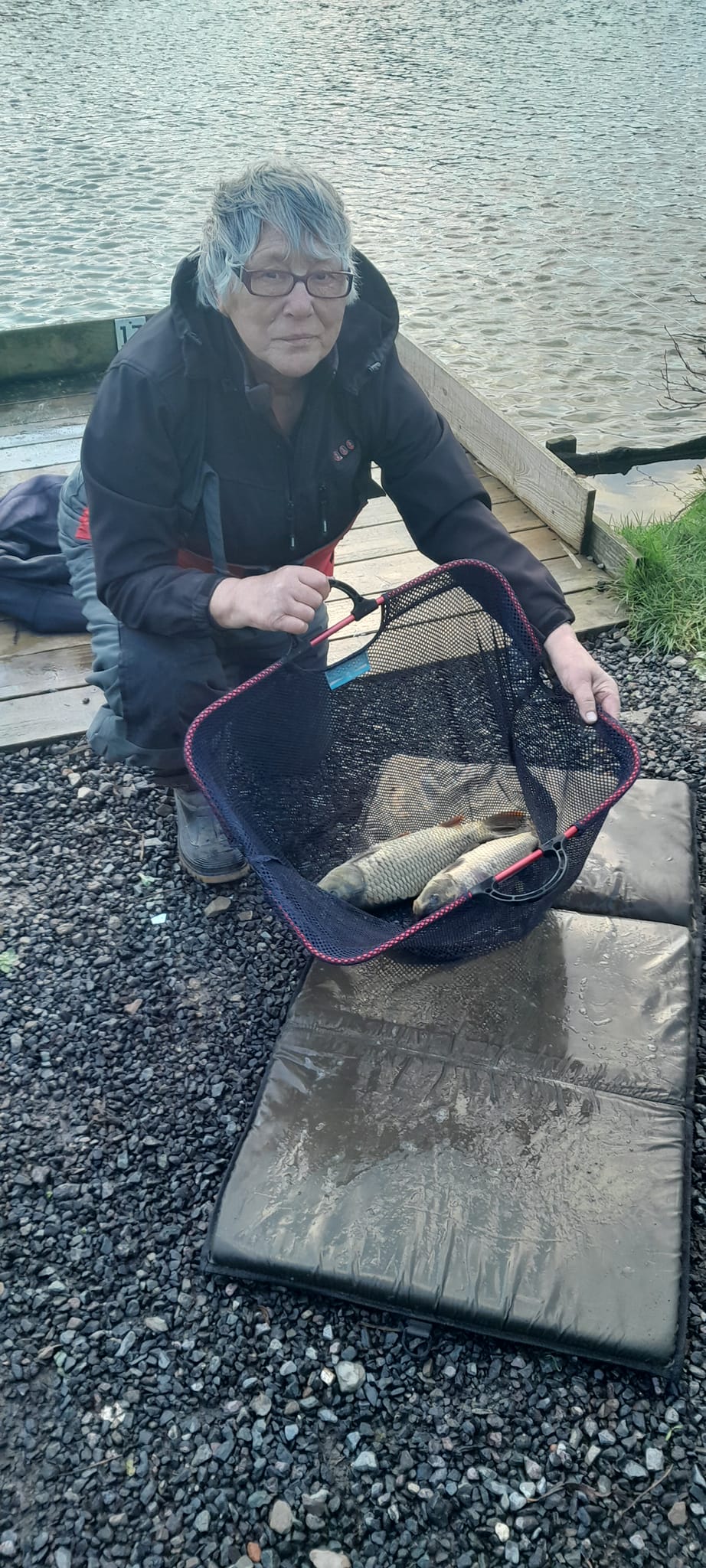
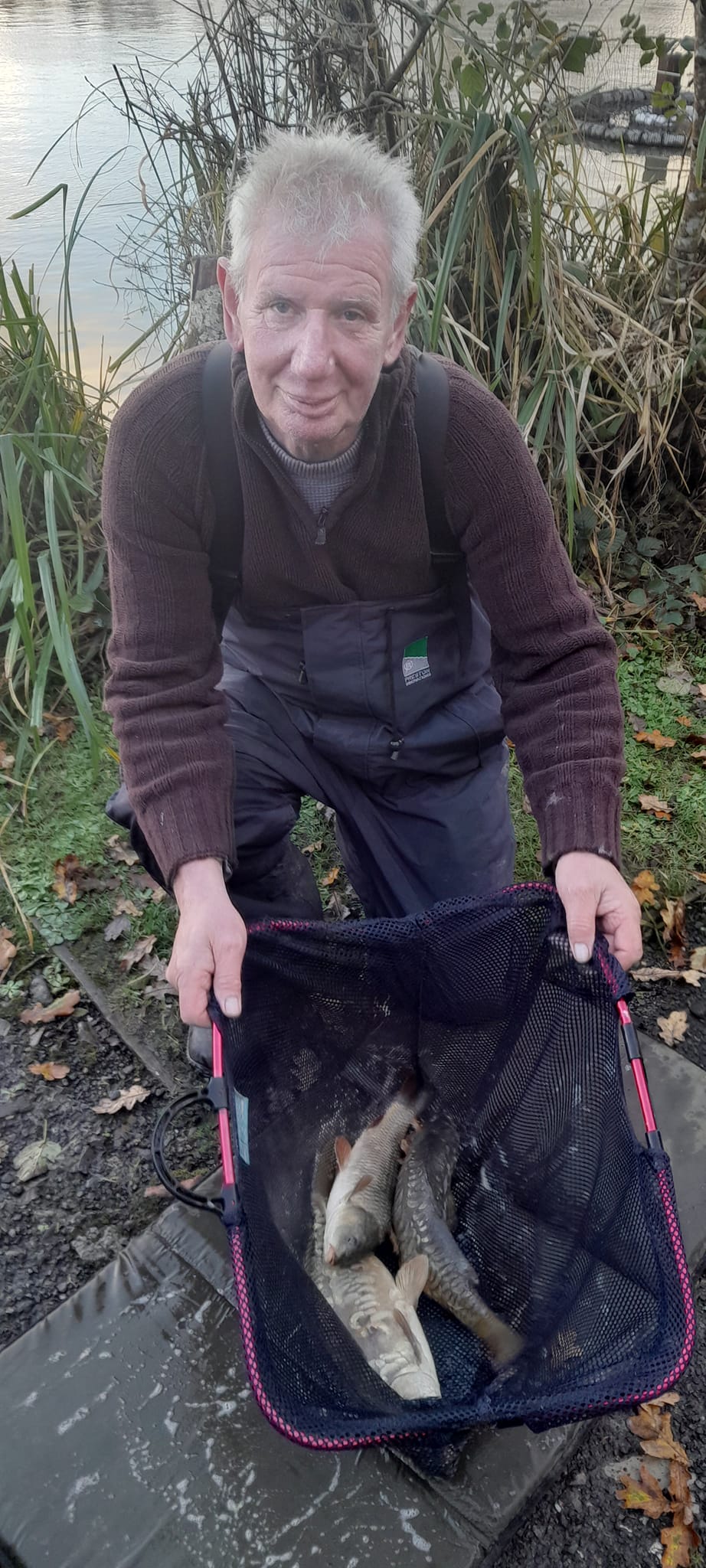
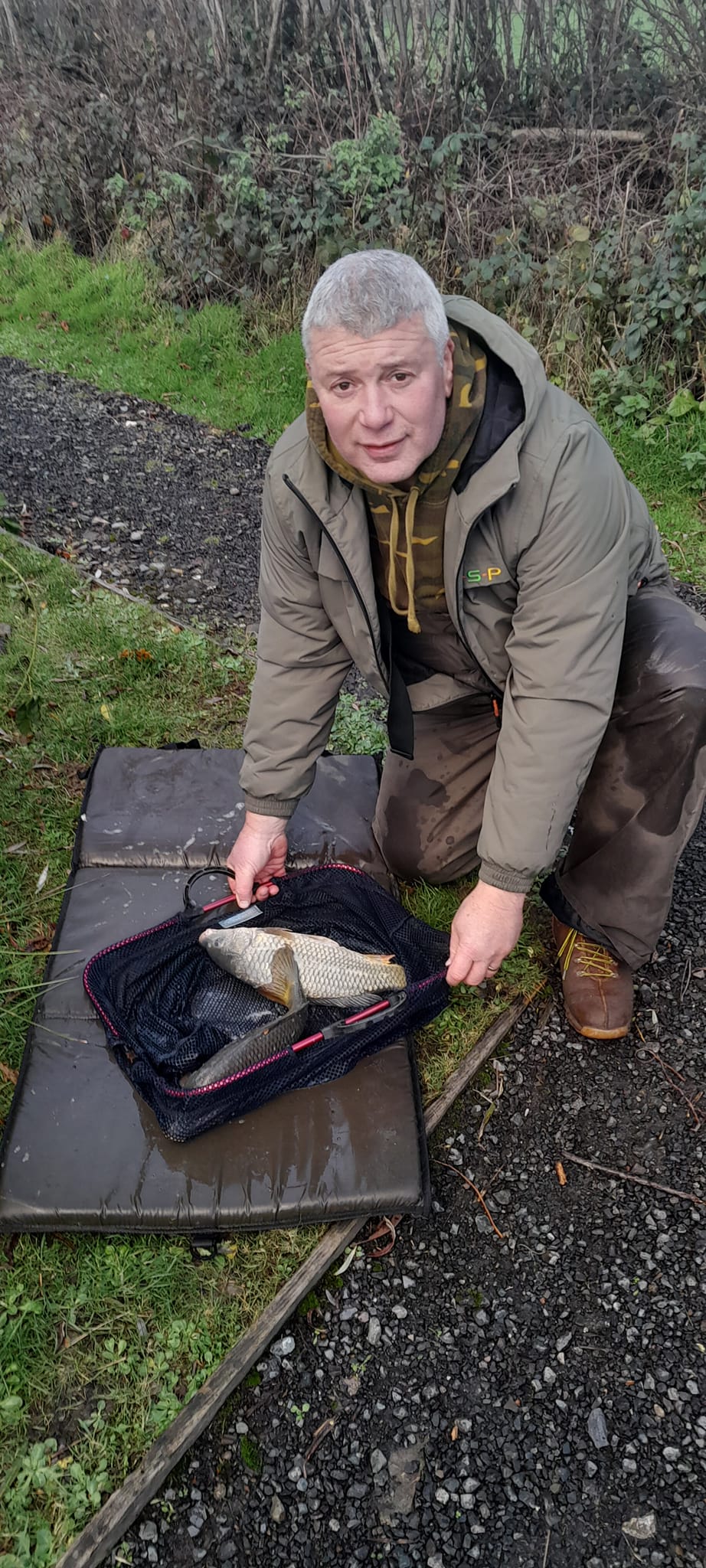
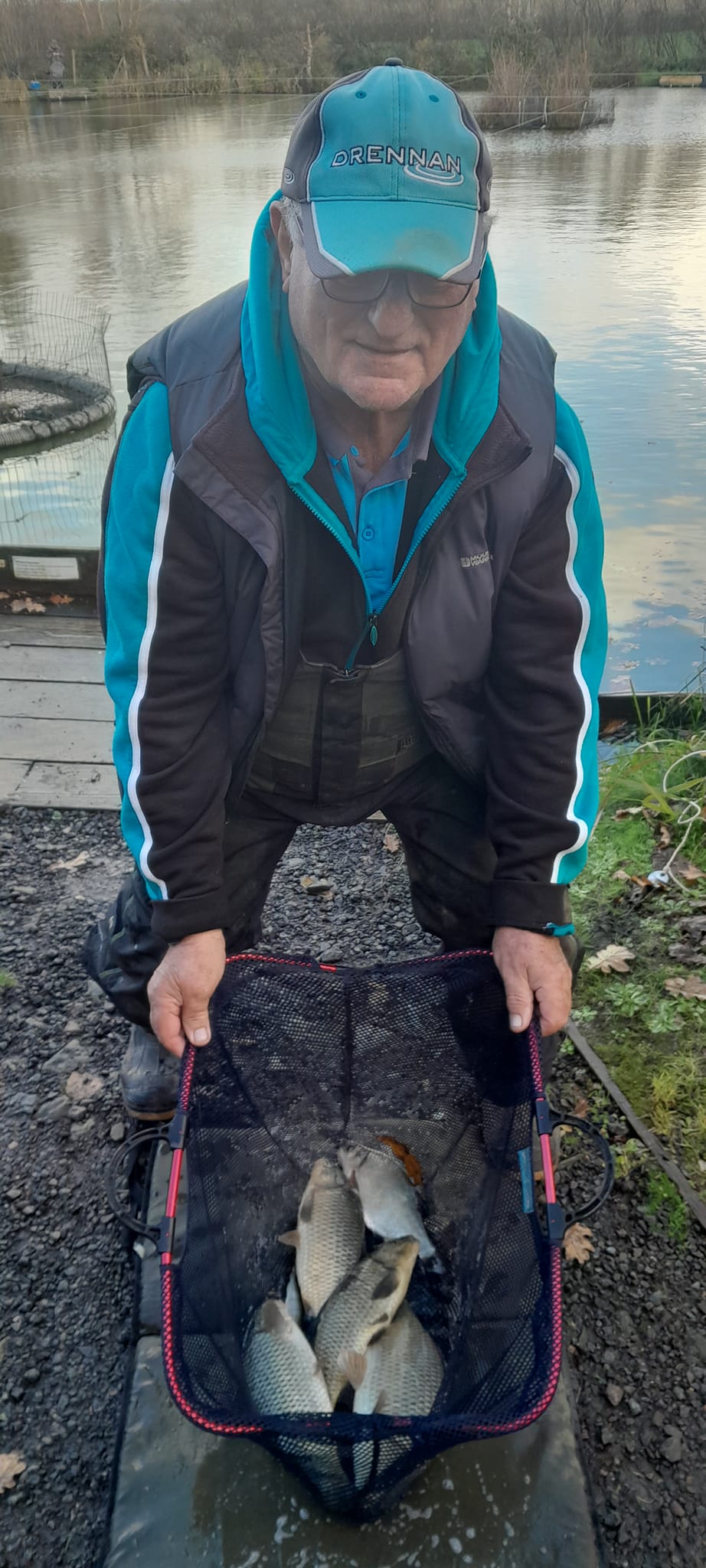
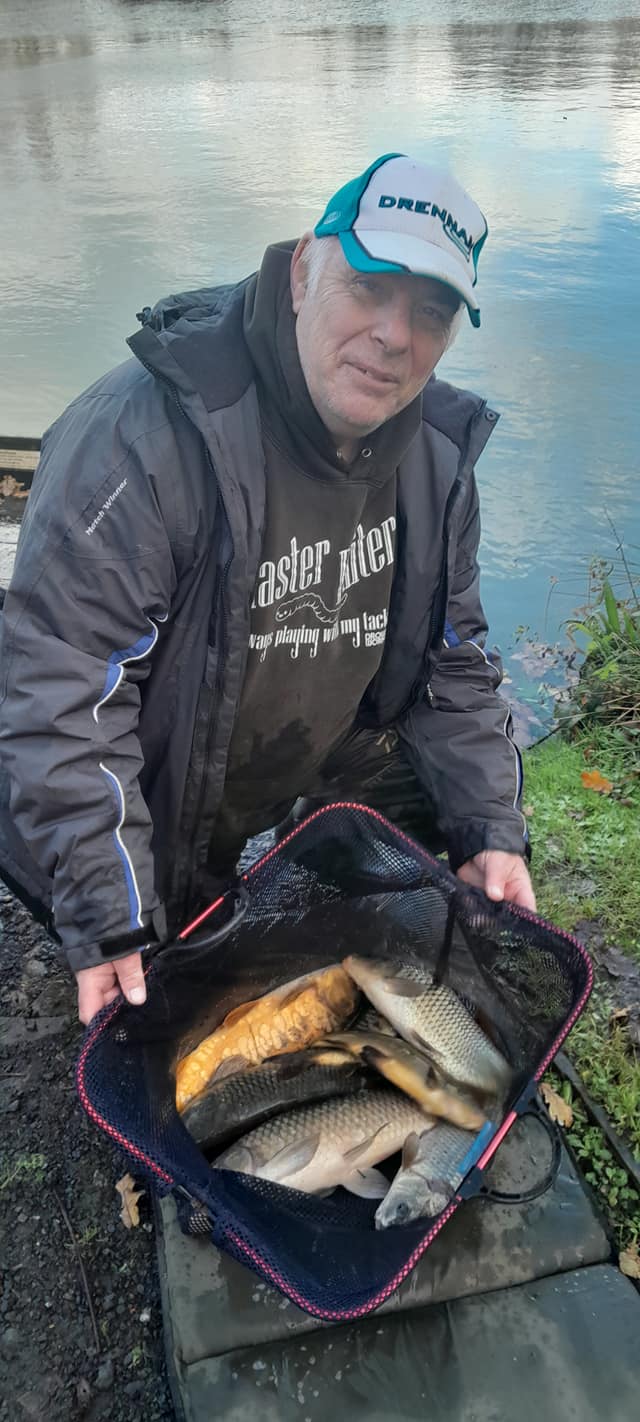

 Late Autumn is flounder time in the Taw and Torridge Estuaries with the competition season fully underway. I joined fellow CMSAC members in search of the humble flounder. Despite plenty of floodwater pushing down fishing proved to be good with pleasing numbers of flounder tempted. The average size was lower than recent seasons but some good fish were found. One of the joys of flounder fishing is that it is great leveller. Eight year old Solly Welch trumped all the clubs senior entrants tempting several flounder including a superb specimen of 2lb. Solly also took runner up spot with a flounder of 1lb 10oz.
Late Autumn is flounder time in the Taw and Torridge Estuaries with the competition season fully underway. I joined fellow CMSAC members in search of the humble flounder. Despite plenty of floodwater pushing down fishing proved to be good with pleasing numbers of flounder tempted. The average size was lower than recent seasons but some good fish were found. One of the joys of flounder fishing is that it is great leveller. Eight year old Solly Welch trumped all the clubs senior entrants tempting several flounder including a superb specimen of 2lb. Solly also took runner up spot with a flounder of 1lb 10oz.
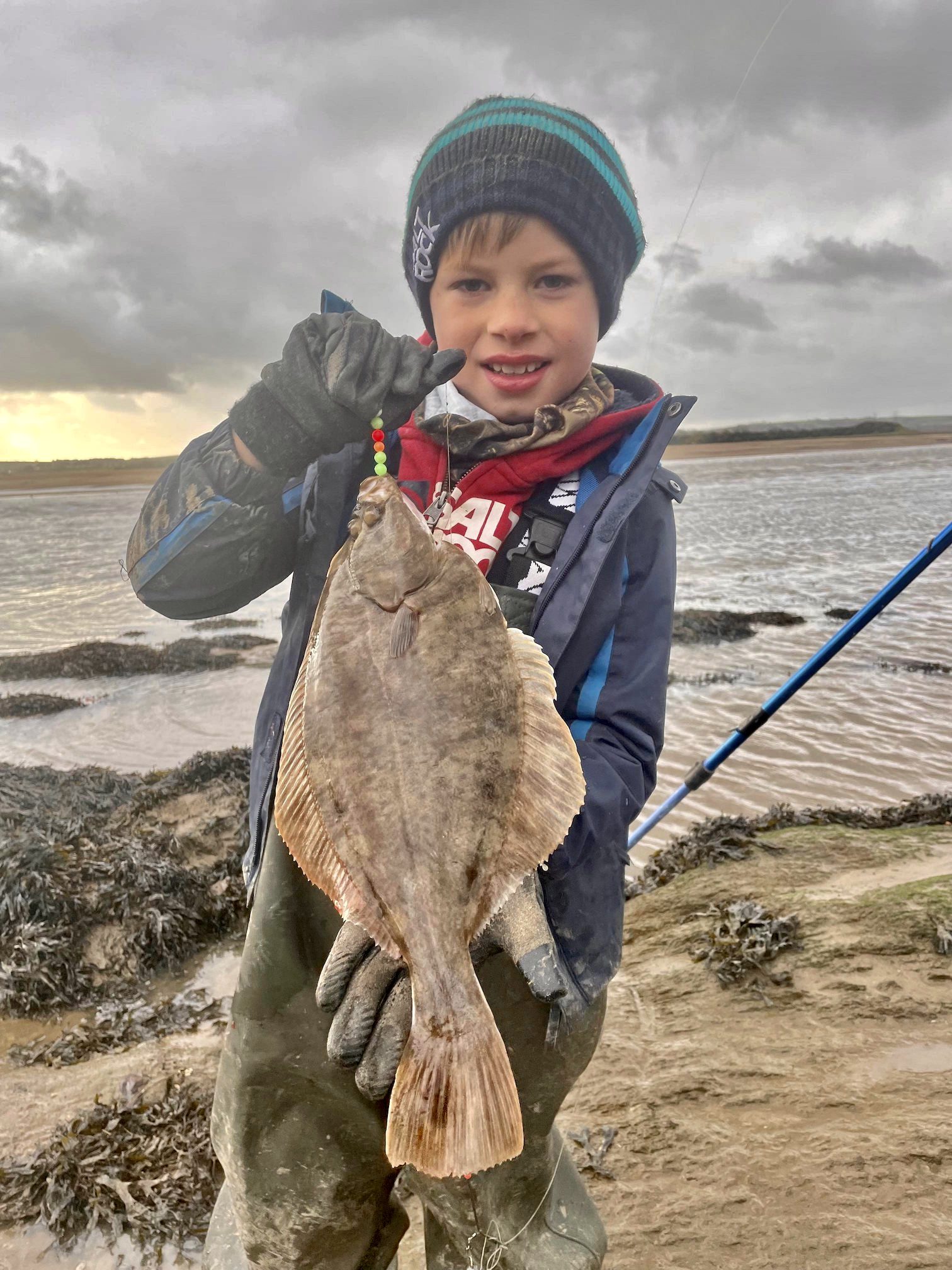
Full results :-
1st – Solly Welch – flounder 2lb
2nd – Solly Welch – flounder – 1lb 10oz
3rd = Solly Welch & Nick Phillips – flounder – 1lb 8oz
4th – James Thomas – flounder- 1lb 7oz
5th – Nick Phillips – flounder – 1lb 6oz
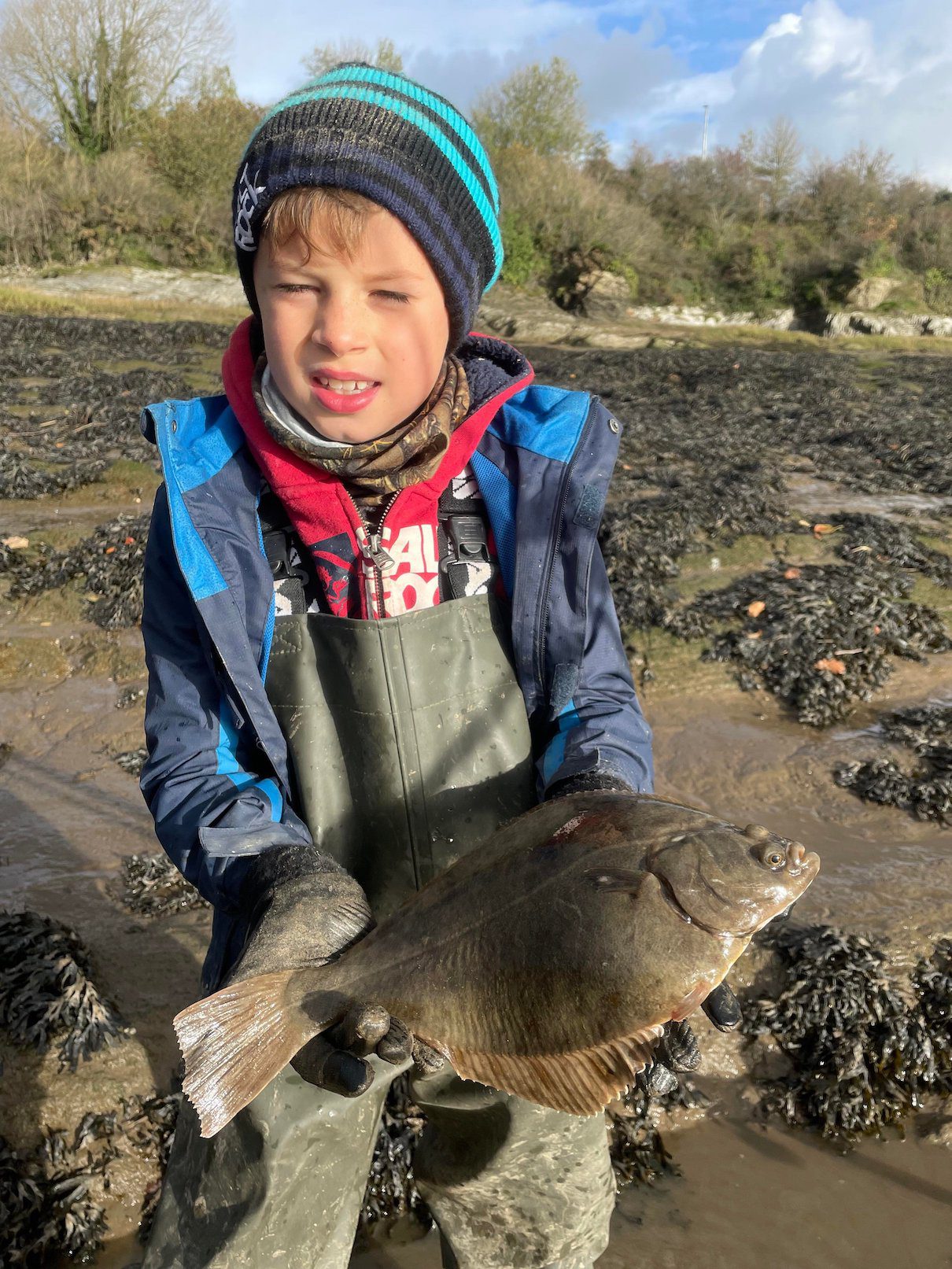
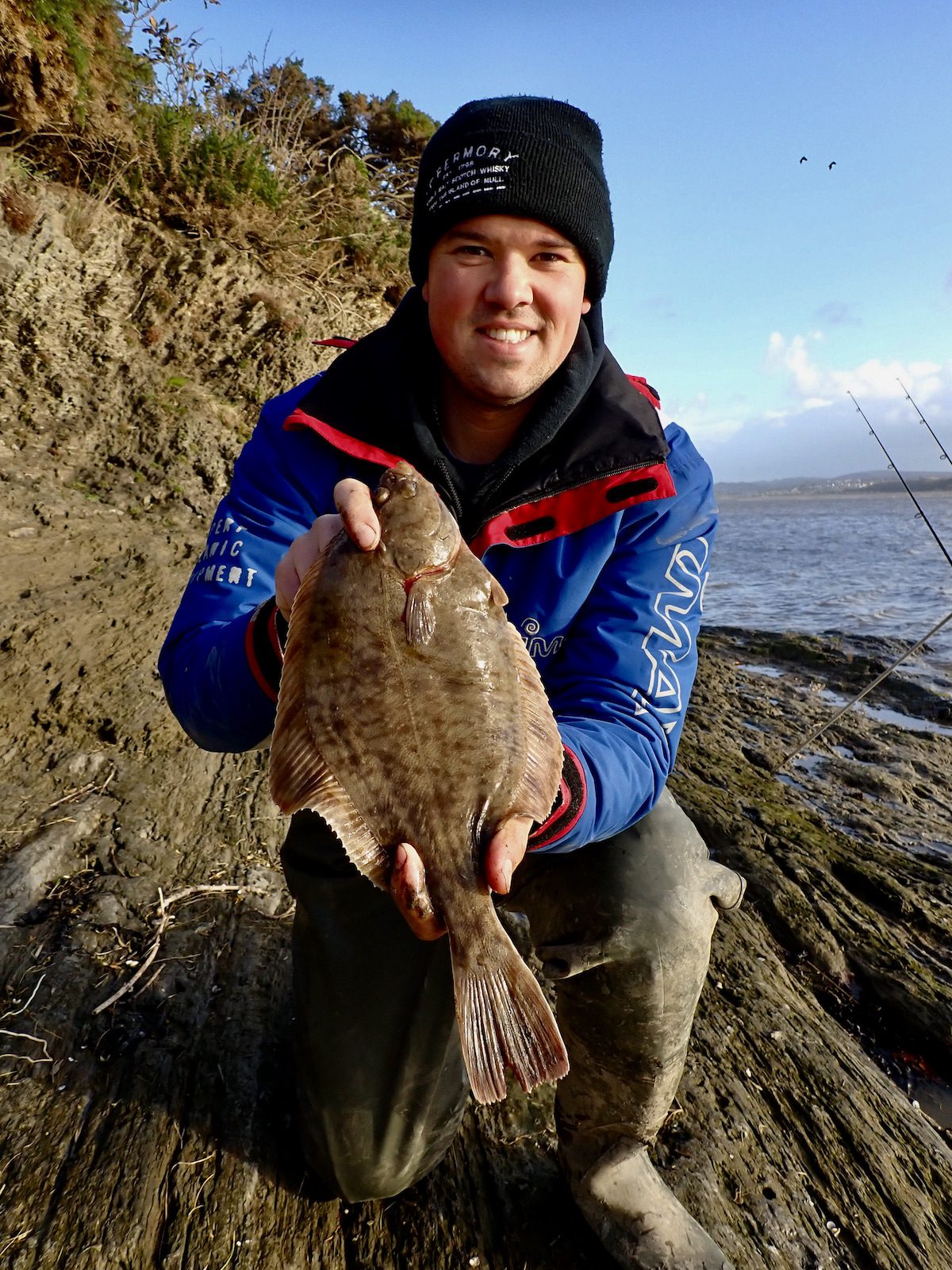
The estaury has a special appeal as the sunlight and cloud sweeps across the ever moving landscape and ebbing and flowing waters.
Many thanks to club members, Jack Phillips, James Thomas and Daniel Welch for sharing their images.
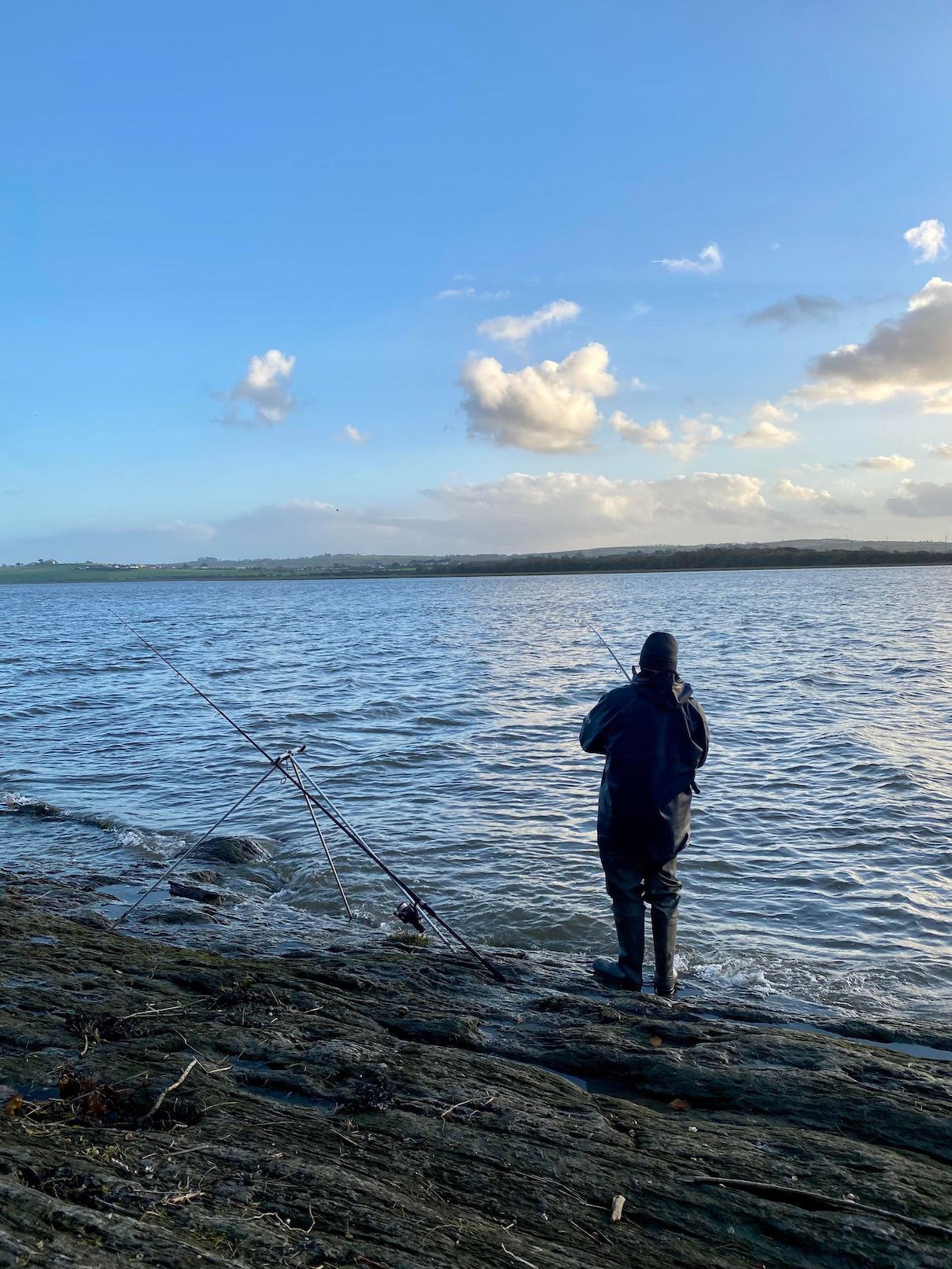
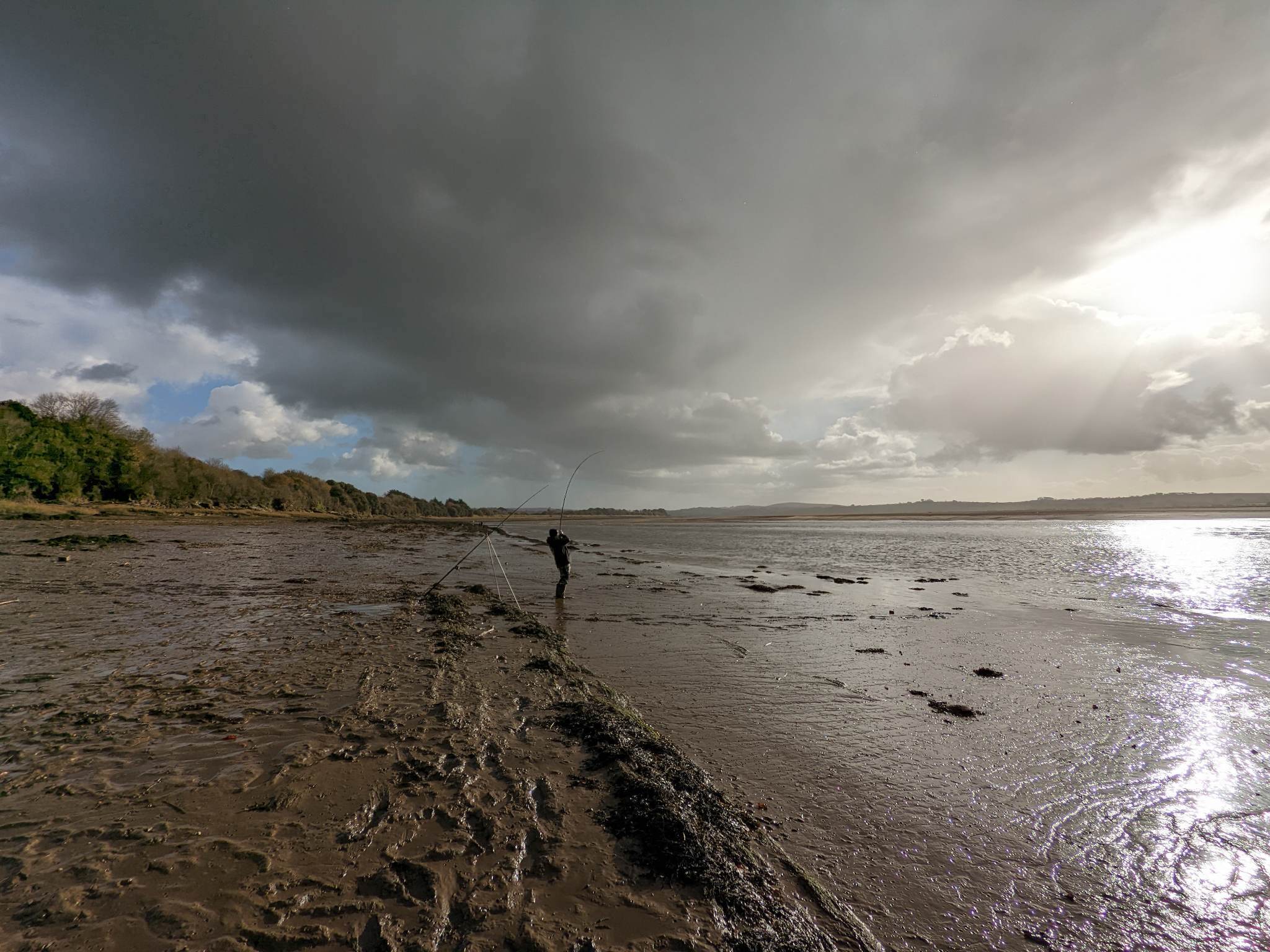
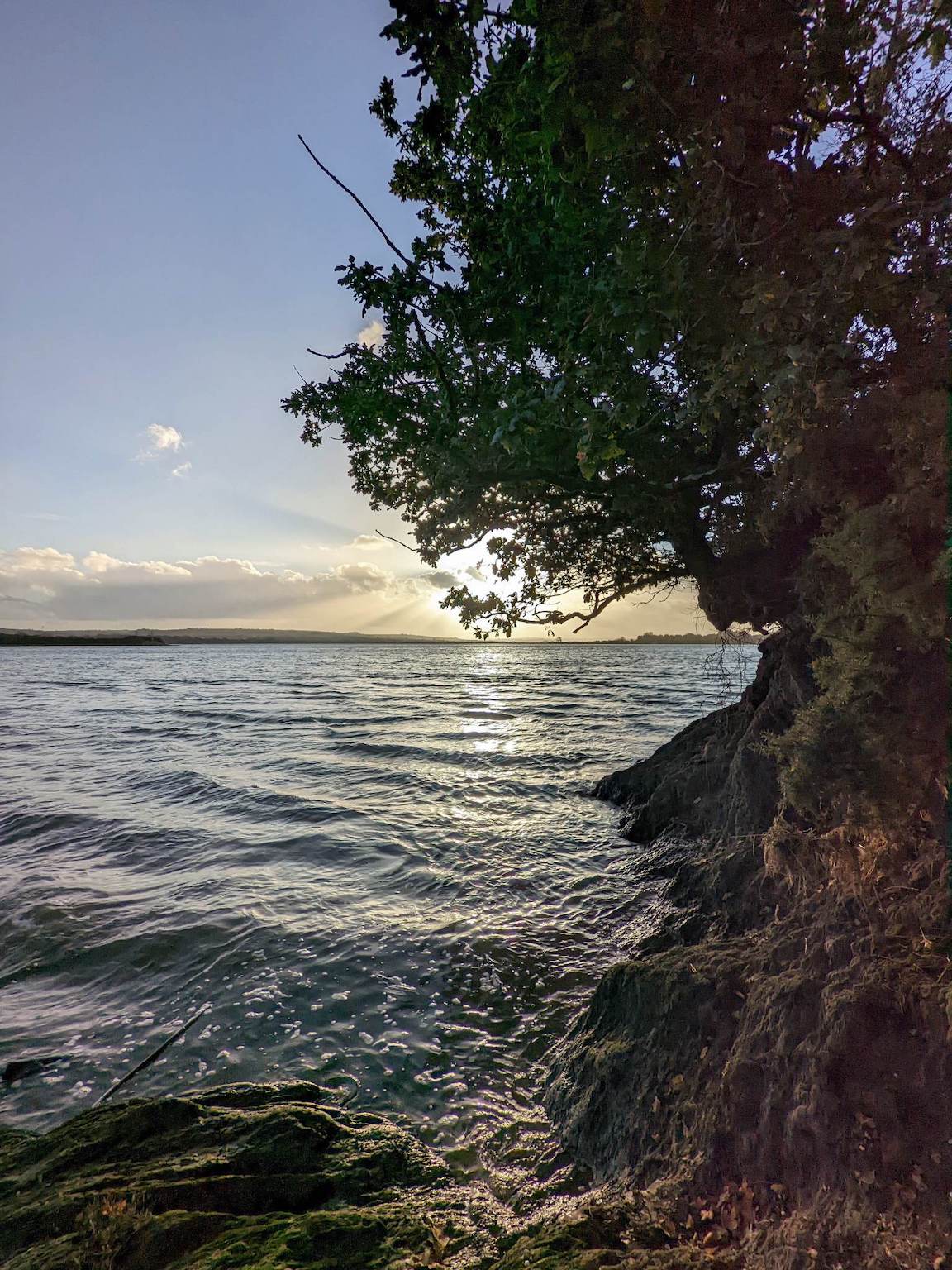
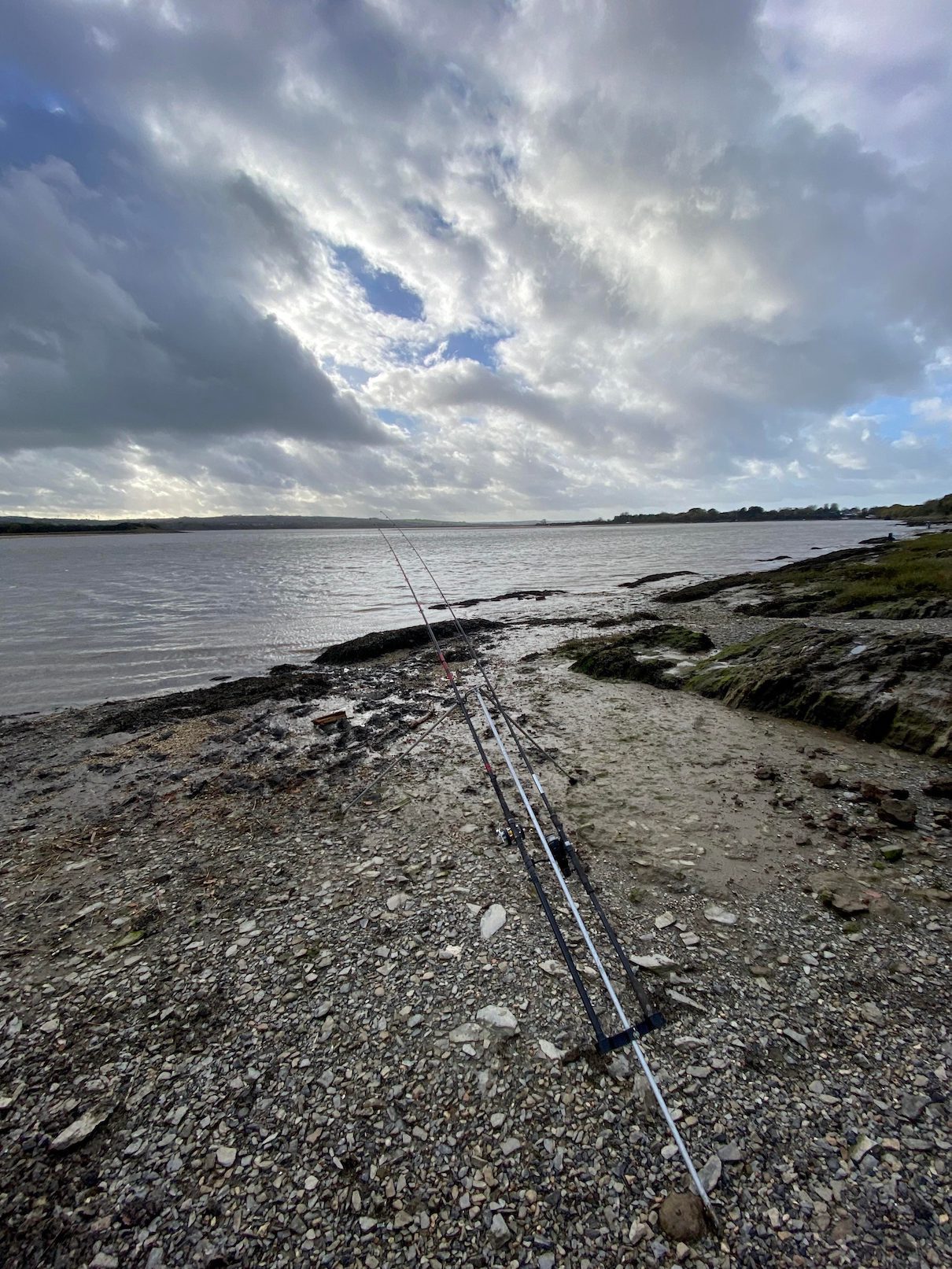
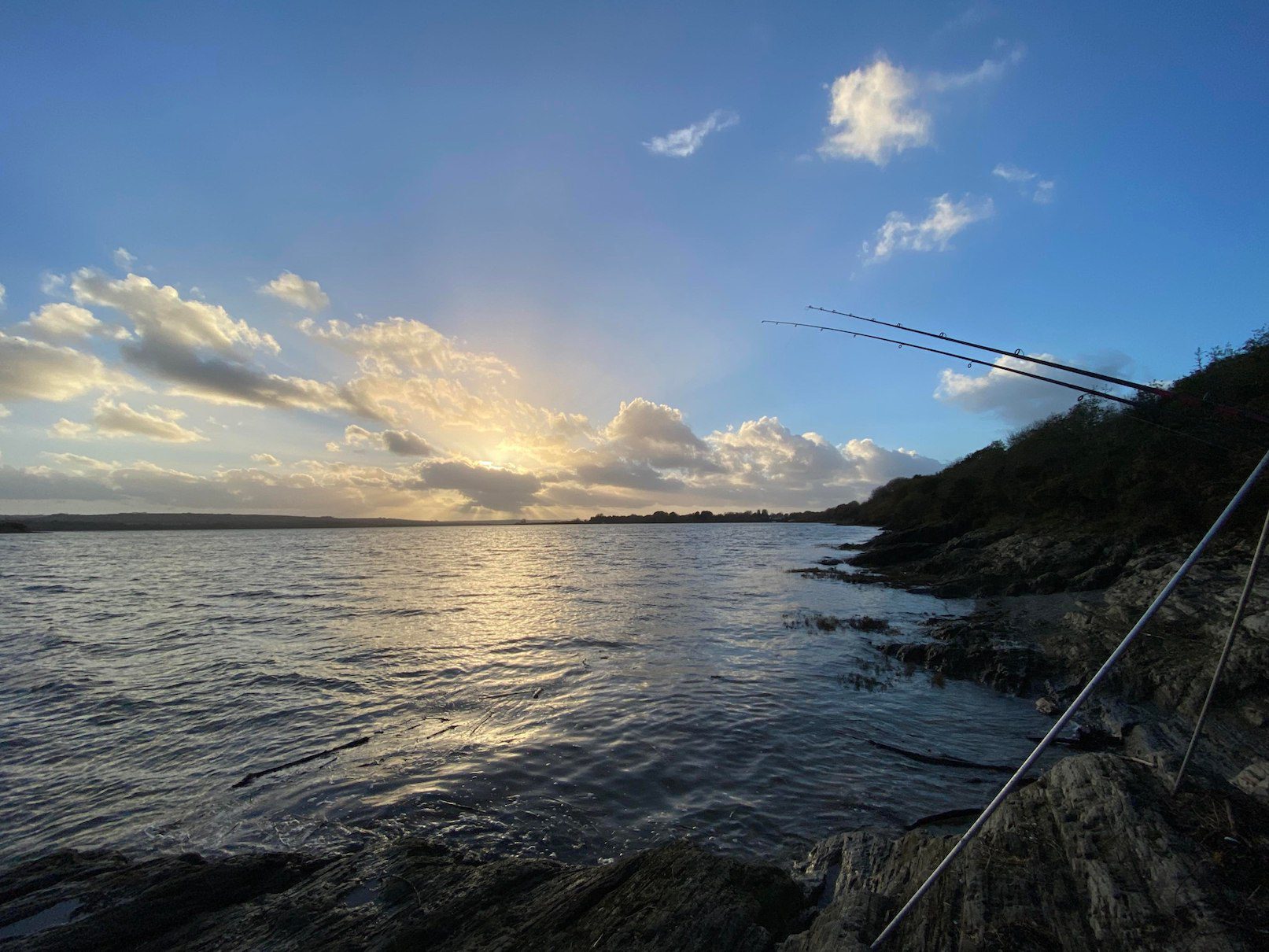
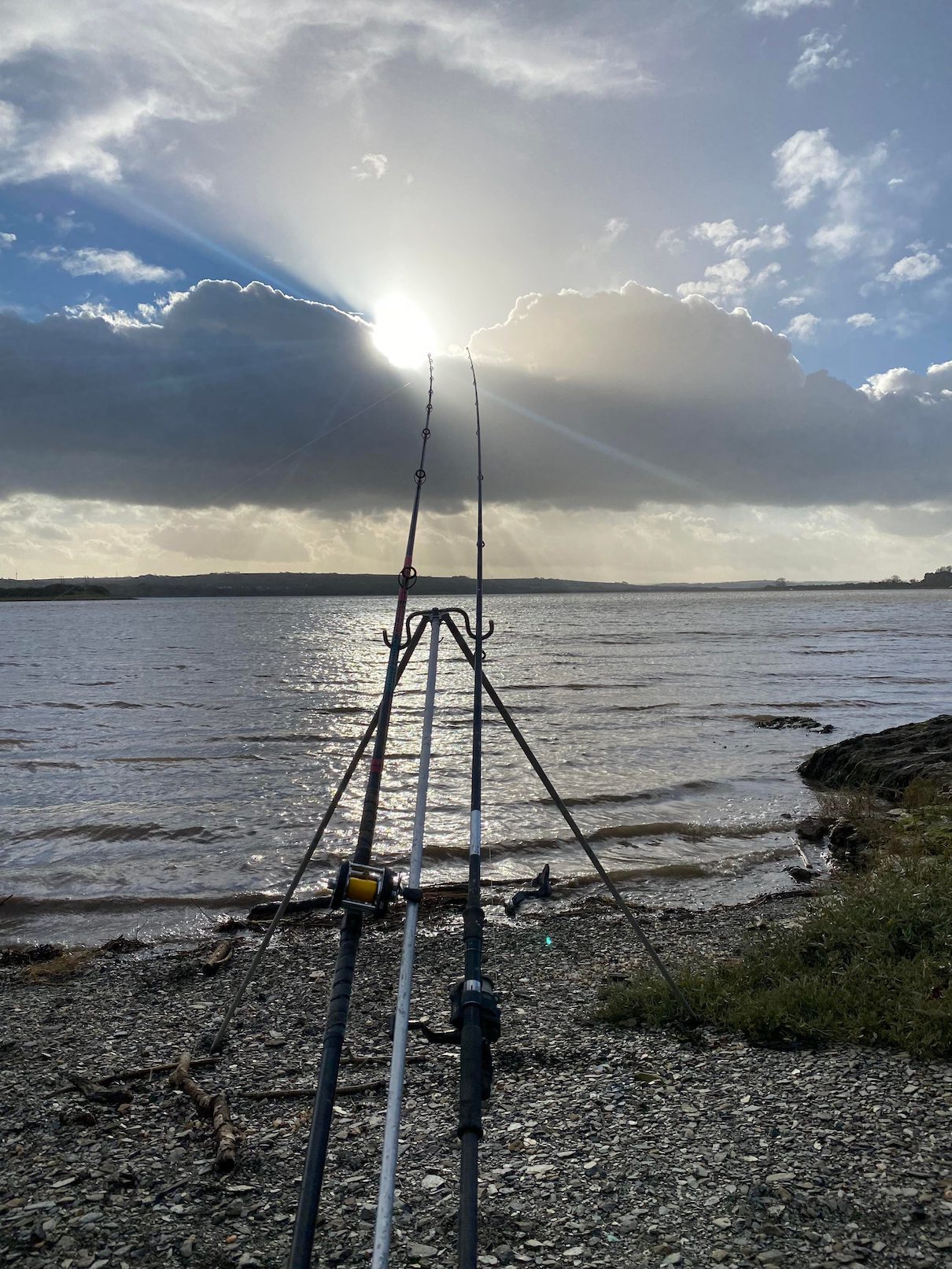
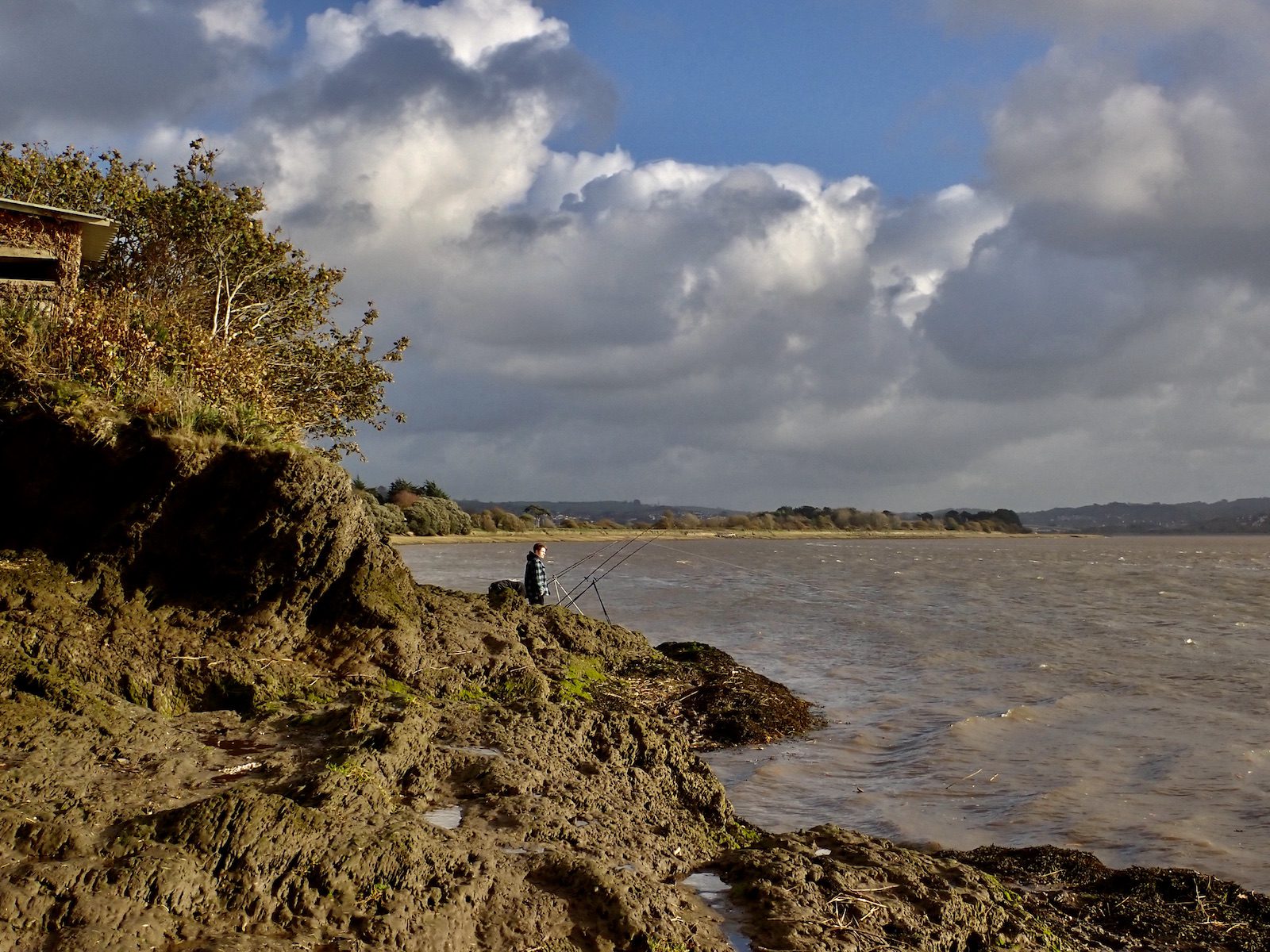
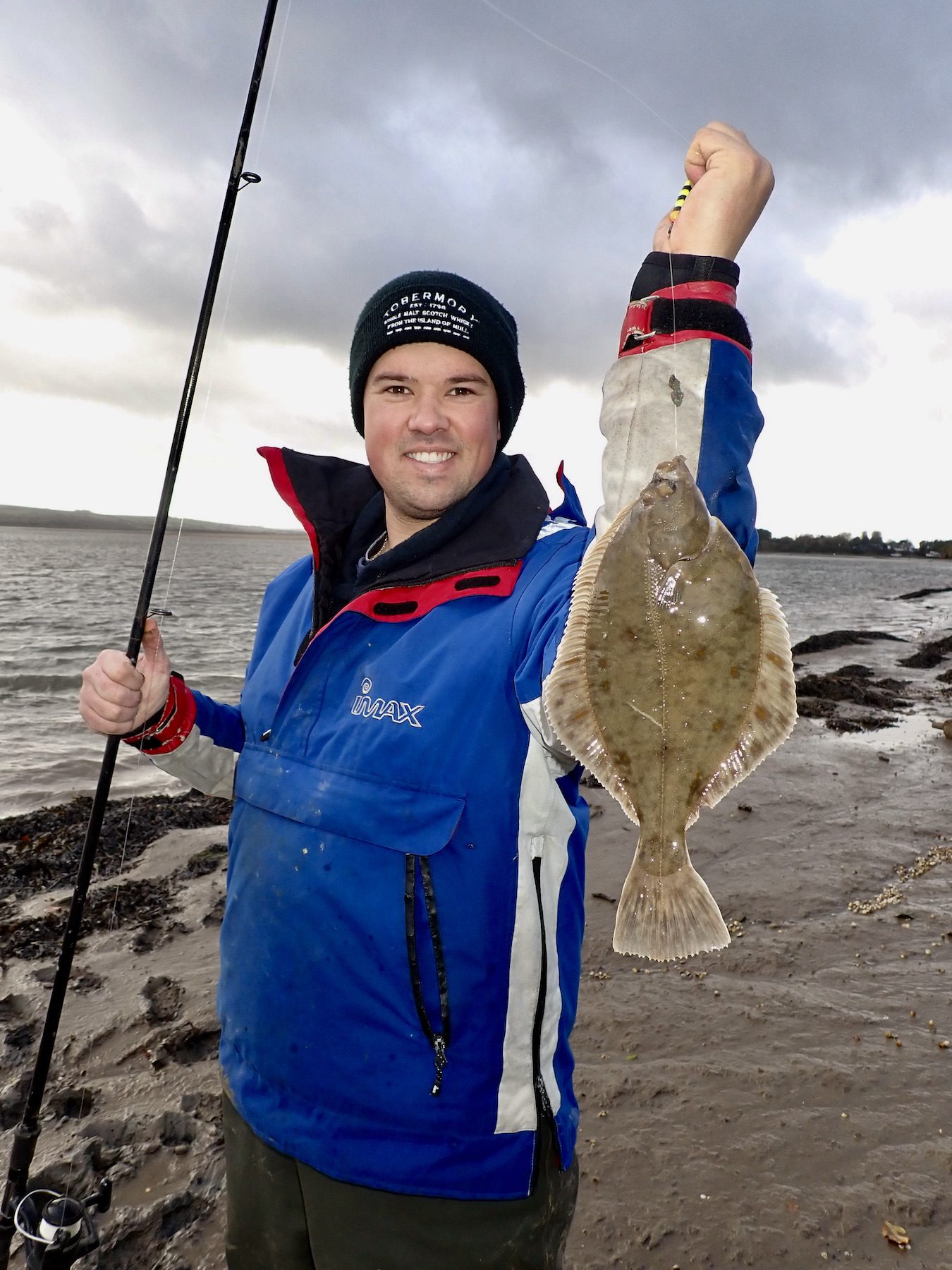
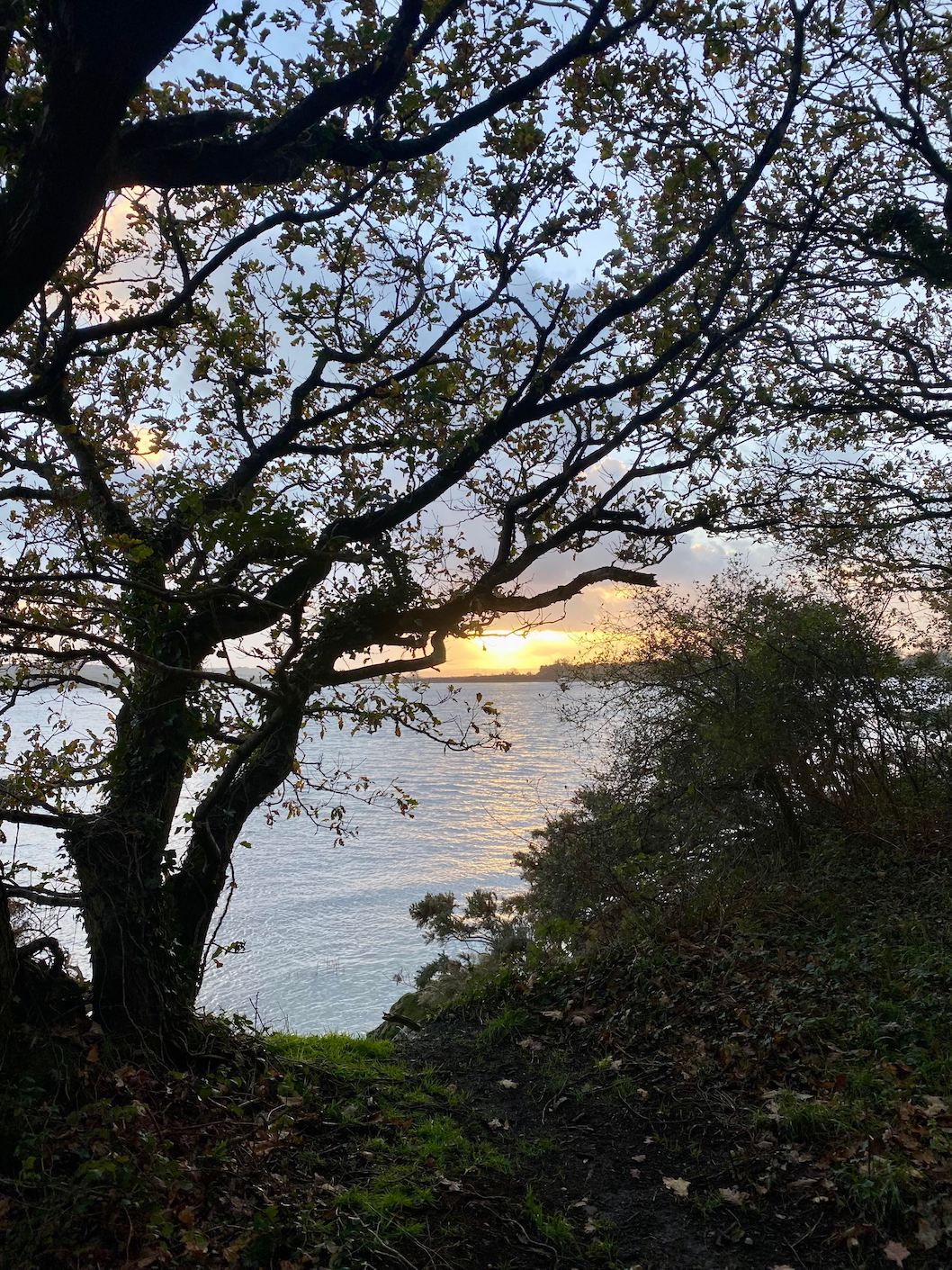
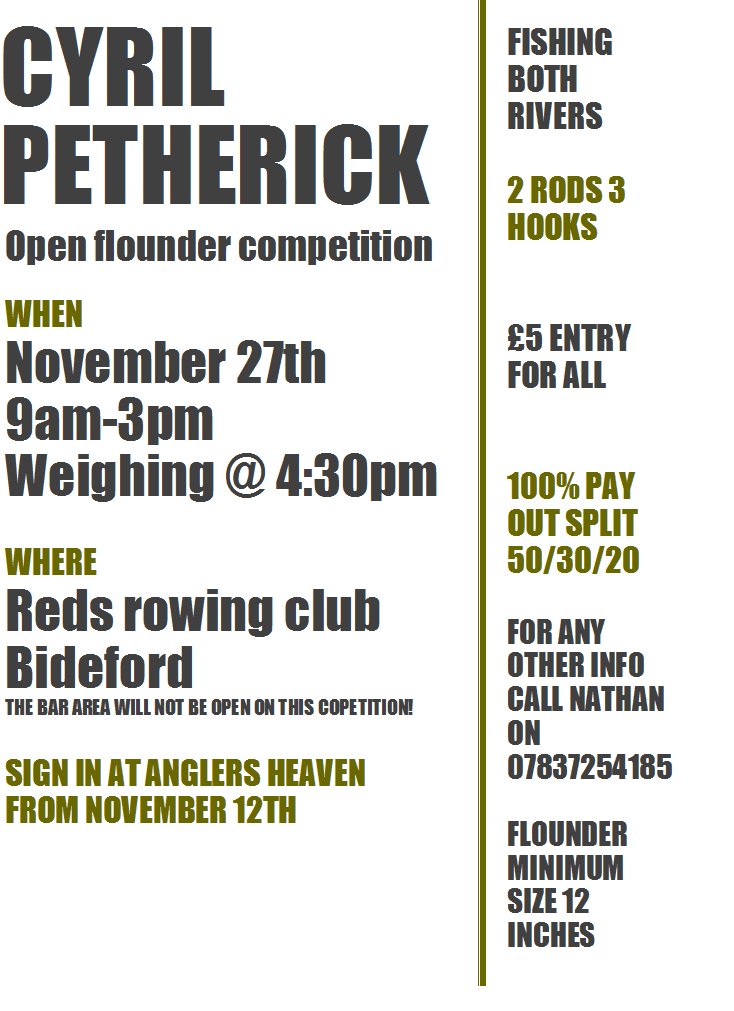
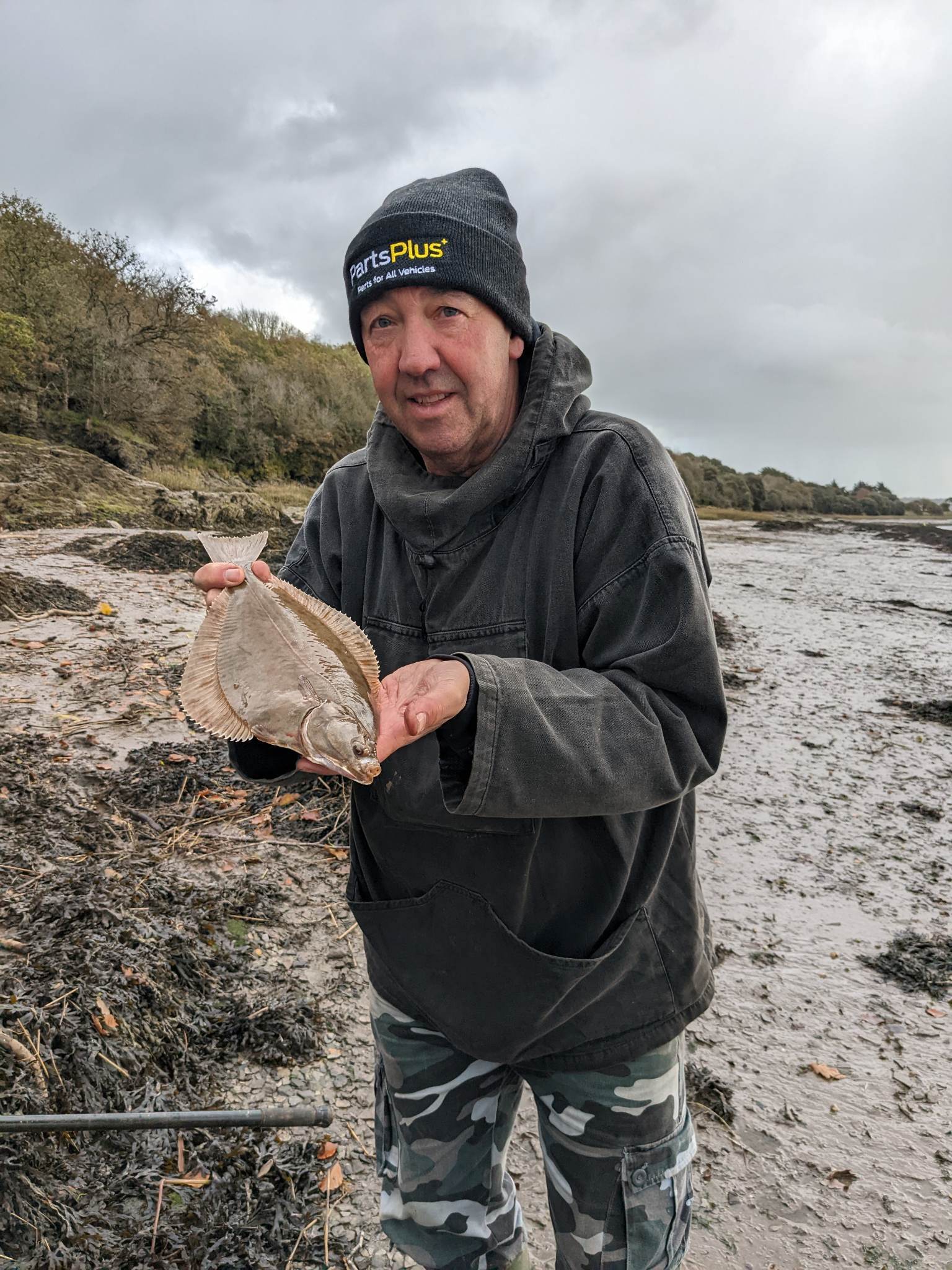
1st -Nick Phillips 1lb 8oz
2nd – Andy Henderson 14oz
Joint third Jeremy Long and Jack Phillips flounder 12oz.

November 48-hour results
1st Jon Stevens Spotted Ray 4lb 7oz 98.610%
2nd Jon Stevens Spotted Ray 3lb 13 1/2oz 85.416%
3rd Andrew Clements Dog 2lb 8 1/4oz 83.854%
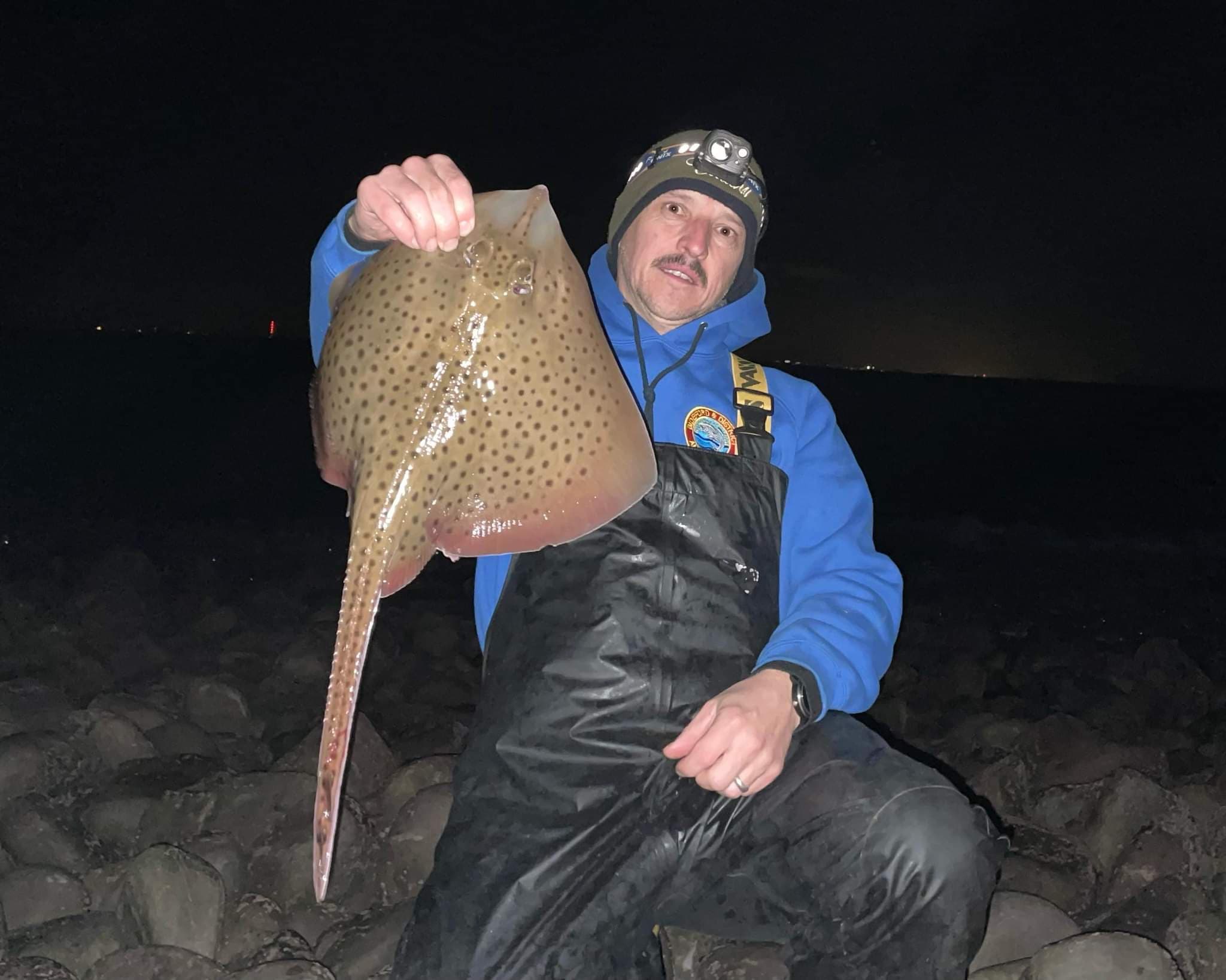
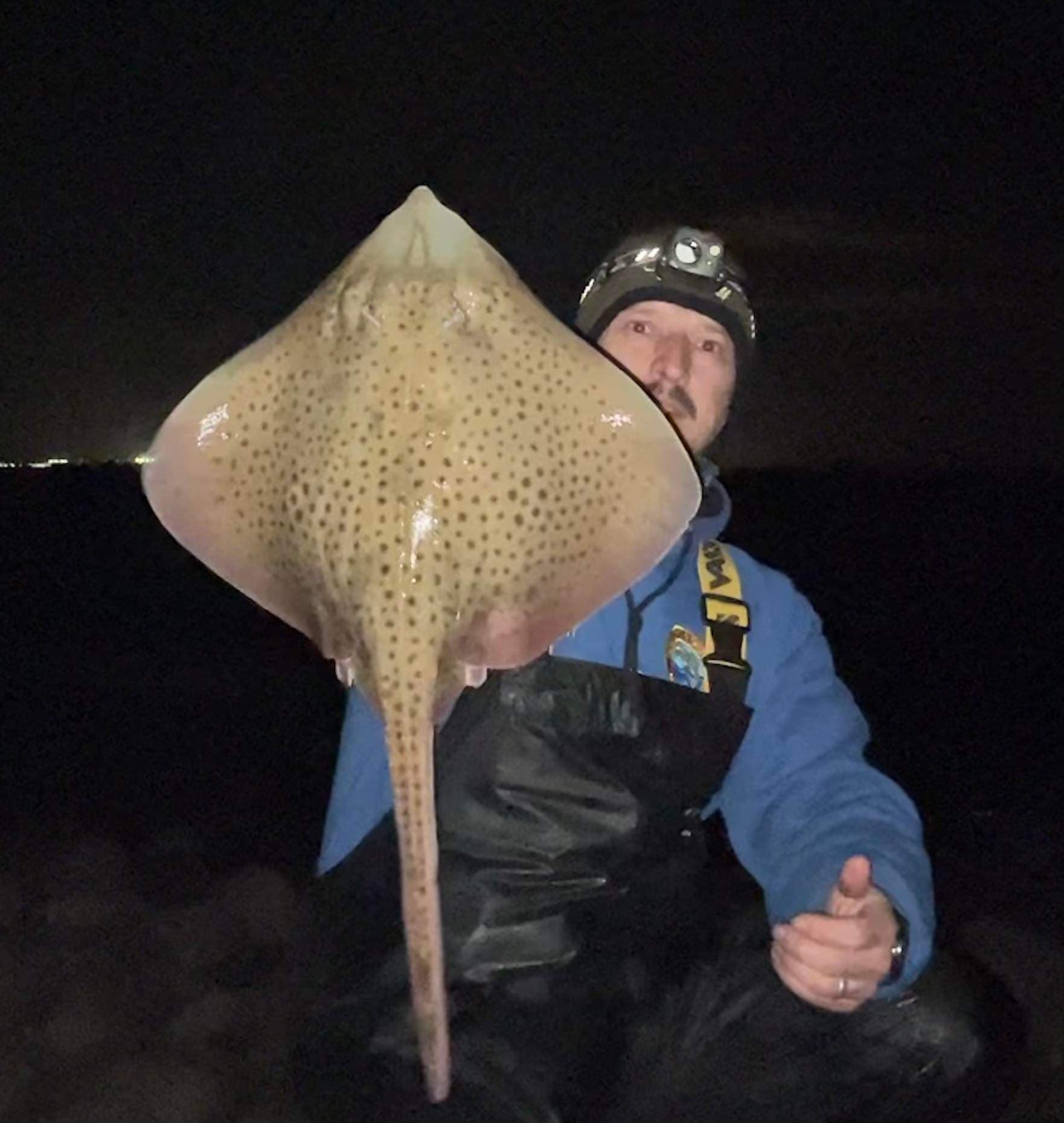

As Christmas approaches many will be stocking up on culinary delights. I am joining with Pete Tyjas of Fly Culture magazine to raise awareness of the environmental disaster that is salmon farming. Please consider the facts and do not endorse the industry by buying farmed salmon. More information on salmon farming can be found on the Wildfish website see link. https://wildfish.org/weekly-sea-lice-statistics/?mc_cid=281e974a7d&mc_eid=ebe0241b5b
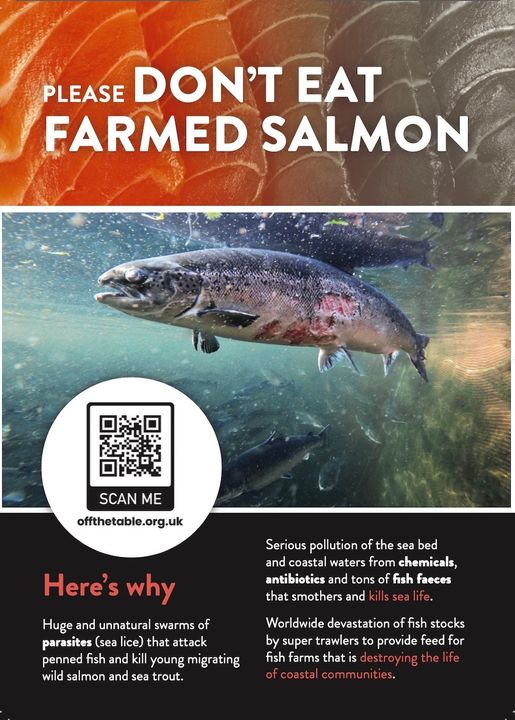
Click link below for Fly Culture Magazine
